2024-ben 110 éve zárult a második magyar Adria-kutató expedíció, amellyel a résztvevők, s elődszervezetünk - a szervezésben, lebonyolításban és az eredmények feldolgozásában, bemutatásában aktív szerepet vállaló Magyar Adria Egyesület - Magyarországnak az elkötelezett és hozzáértő tengerésznemzetekhez való felzárkózását kívánta demonstrálni. Az évforduló alkalmából egyesületünk elnöke a Klubrádióban beszélgetett a korszakról és a tengerhez való magyar viszonyulást (ha úgy tetszik, a magyarság tengerrel összefüggő identitását) meghatározó alkotóelemek egy részéről Tímár Ágnessel, a Galaxis Kalauz c. rádióműsor szerkesztőjével.
A beszélgetés egyebek között kiterjedt a 'Gründerzeit' híres halbiológusától a navalizmuson át, a társadalom iránti egyéni felelősségvállalásig számtalan kérdésre, menet közben pedig az is kiderült, hogy volt-e valaha hazánknak három tengerpartja, a Habsburg uralkodók miért csatolták Fiumét Magyarországhoz, s mi keresnivalója lehet egy országnak a tengeren. Az alábbi posztban az adás előtti egyeztetés kérdései és a rájuk adott válaszok olvashatók, míg a felvett és adásba került bővebb, több témát érintő kétrészes beszélgetés meghallgatható a poszt végén megosztott linkekre kattintva.
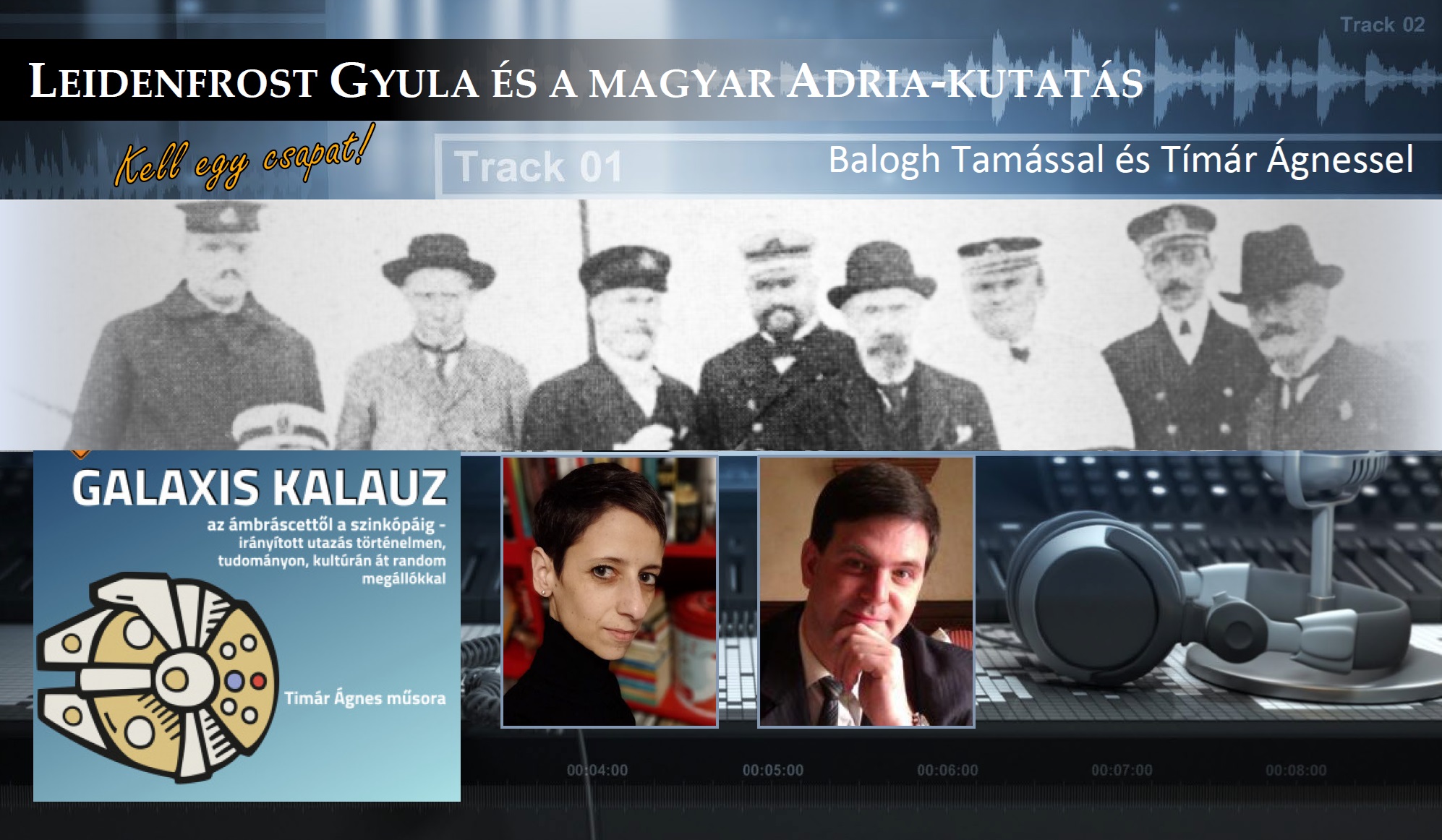
T.Á.: Magyarország tengerésznemzet? Mi közünk van - illetve lehet most (tengerparttal nem rendelkező országként) - a tengerhez?
B.T.: 1890-ben Alfred Thayer Mahan, amerikai tengerésztiszt megjelentette a ‚The Influence of Sea Power Upon History, 1660-1783’ (‚A tengeri hatalom hatása a világtörténelemre’) c. tanulmányát, melyben kimutatta, hogy csak azok az országok voltak képesek érdemben befolyásolni a világtörténelem alakulását, amelyek egyben erős tengerészettel is rendelkeztek és ennek köszönhetően a világ bármely pontján érvényesíthették az érdekeiket. Mahan fő tételei: 1) az ellenséges vizek feletti uralom megszerzésének egyetlen módja az ellenséges flotta megsemmisítése; 2) a tengeren a támadó fél van előnyben; 3) a passzív, halogató taktika a vereség biztos receptje. Mahan a haditengerészettel rendelkező országokat történelmük tanulságai alapján természetes és természetellenes tengeri hatalmak csoportjába sorolta. Munkája elementáris hatással járt, amennyiben annak fő következménye, a navalizmus (tengerészetre, illetve annak folyamatos fejlesztésére alapozott politikai-gazdasági irányzat, Krámli Mihály szerint: "a patriotizmus, a nemzeti büszkeség, a gazdasági érdek és önérdek, a tengeri hatalomhoz való vonzódás, valamint katonai megfontolások keveréke„, in. KRÁMLI Mihály: A császári és királyi haditengerészet és Magyarország. Pro Pannonia Kiadói Alapítvány, Pécs, 2004. 219. o.), közvetve az első világháborúhoz vezető angol-német tengerészeti fegyverkezési verseny egyik katalizátorává vált.
Mahan egyik leglelkesebb olvasója ugyanis II. Vilmos német császár volt, aki Németországban Alfred von Tirpitz tengerészeti miniszter támogatásával szó szerint mindent megtett azért, hogy a haditengerészetet és általában a német népet Mahan tanainak megértésére nevelje. A motivációk persze személyenként eltérők voltak. II. Vilmos rajongott a Brit Birodalomért miközben kisebbrendűségi komplexusokkal telve gyűlölte is rajongása tárgyát. Komplexusait csak táplálta, hogy anyai ágon ő maga is brit volt (uralkodása kezdetén a vele még rokonszenvező brit sajtó is csak Kaiser Bill-nek becézte). Az állami megrendelések növelésében érdekelt német ipari és üzleti körök (a Dwight D. Eisenhower által később megalkotott kifejezéssel élve, a korabeli "katonai-ipari komplexum") számára viszont a rendkívül költséges hadihajóépítés mindenekelőtt jövedelmező üzletet jelentett. A megteremtett német hadiflotta pedig utóbb úgy viselkedett, mint a "Csehov puskája" (az orosz drámaírónak tulajdonított, általa valójában sose mondott narratív elv szerint egy történetből az összes nem releváns elemet el kell távolítani, abban csak a szükséges elemek maradhatnak, vagyis ha egy író mondjuk fegyvert vezet be a történetbe, akkor ezt csakis megfelelő okkal teheti, például azért, mert a cselekményben a fegyver később el fog sülni).
Mindez természetesen Ausztria-Magyarországon is éreztette a hatását, amely gyakorlatilag lemásolta a német mintát. Ez aligha véletlen, hiszen a Monarchia ekkoriban már egyre gyorsuló ütemben vesztette el a saját fennmaradásának indokoltságát a nemzeti eszme mind erőteljesebb térhódítása miatt, miközben ezzel párhuzamosan egyre jobban kiszolgáltatottá vált a németeknek, akik fokozatosan a dunai monarchia egyetlen szövetségesei maradtak (a német érdekek fokozódó osztrák-magyar kiszolgálása még az európai erőegyensúly fenntartásában hosszú távon érdekelt olyan hatalmakat is elidegenítette a Monarchiától, mint Nagy-Britannia, amely pedig a legtovább szerette volna, ha Ausztria-Magyarország alkalmas ellensúly lehet Európa közepén bármely szélsőséggel szemben, jöjjön az akár Törökország, akár Oroszország, akár Németország felől). Azzal, hogy a Monarchia a saját nemzetiségi problémái rátermett és alkalmas kezelése - az autonóm cselekvés - helyett (s az e problémákat kihasználni igyekvő, Oroszország által támogatott pánszláv agitációtól félve) a német függést választotta, az utolsó érvet is érvénytelenítette, amely a fennmaradása mellett szólt a nemzetközi politikában.
1900-1914 között Nagy-Britannia a birodalmát fenyegető legfőbb külföldi veszélyként Németországot azonosította. Ez nagyrészt a német államfő, II Vilmos császár helytelenül megválasztott politikai retorikájának eredménye volt, amely különös nyomatékot adott a Nagy-Britanniéával rivális német hadiflotta egyre látványosabb kiépítésének, amennyiben nemcsak, hogy képtelen volt tompítani a német flottafejlesztés britek számára fenyegető élét, de még fokozta is azt. A brit Királyi Haditengerészet messze a világ legerősebb flottája volt. A Brit-szigeteket immunisnak tartották az invázióval szemben, miközben a flotta képes volt blokád alá venni az ellenséges kikötőket. A brit flotta alapvető célja mégis a brit tengeri kereskedelem védelme volt, hiszen Nagy-Britannia importra támaszkodott, gazdasági jóléte pedig tengeri kereskedelmétől függött. Az akkoriban uralkodó felfogás szerint ezért a brit haditengerészeti fölény elleni bármilyen fenyegetés magát a nemzetet fenyegette. A német hadiflotta 1898-ban megindult intenzív fejlesztése ezért fegyverkezési versenyt indított el Nagy-Britanniával. 1906-tól ez a verseny a Nagy-Britanniában kifejlesztett új típusú hadihajók – a dreadnoughtok – építésére összpontosított. E hajók nehéz ágyúinak tűzereje, a gőzturbinákkal elért nagy sebessége és erős páncélzata az összes korábbi hadihajót elavulttá tette. A közvélemény - a sajtó, a népszerű szerzők, s a haditengerészeti nyomásgyakorló csoportok ösztönzésére - mindkét országban egyre több dreadnought-típusú csatahajót követelt. Bár a németek 1910-től belátták, hogy rövidtávon nem képesek ledolgozni a hátrányukat, s a védelmi kiadásaik nagyobb részét ettől kezdve a szárazföldi hadseregre költötték, a Németország és Nagy-Britannia közötti kapcsolat ekkorra már helyrehozhatatlanul megromlott.
A Monarchia ebből szinte semmit sem érzékelt (legalábbis semmit sem tett, amiből arra lehetne következtetni, hogy tudatában lett volna a veszélynek és igyekezett volna elhárítani azt). A németektől ellesett gyakorlatot követve ellenben lelkesen igyekezett "helyet kérni magának a nap alatt": politikai-gazdasági szereplői és a tudományosság képviselői egyaránt a "Gründerzeit" lázában égve igyekeztek tenni valamit, ami több, jobb, szebb, hasznosabb annál, mint ami addig volt.

1. ábra: Ábrázolás a Kossuth Lajos híres mondatát ("Tengerhez magyar! homokod porából, s fekete sarad ragadalmiból! Tengerhez magyar!") jelmondatául választó Magyar Adria Egyesület folyóirata, a TENGER hasábjain.
Az általános tettvágy és jobbító szándék ezen a ponton veszélyesen összekeveredett a világot a háború felé sodró szörnyű eseményekkel (ami igencsak éles fényt vet Kölcsey igazságára: "jót, s jól, ebben áll a nagy titok"). A sors furcsa fintora, hogy eközben páratlan (és a magyarság életében sok esetben azóta is hasonló példa nélkül álló, meg nem ismételt, s talán ténylegesen megismételhetetlen) nagyszerű eredmények születtek az építészetben, a közlekedésben, a tudományban és a tengerészettel összefüggésben is - a tengerhajózás és a tengertudomány területén.
Ahogy a ma élő emberek számára kézzel fogható valóság a kiegyezést követő 50 év világa (ha csak végigmegyünk a főváros vagy a vidéki nagyvárosok utcáin, ennek a fejlődésnek a bizonyítékai jönnek szembe velünk egy olyan egységes arculatú, nagyvonalú és kvalitásos építészet alkotásainak képében, amelyekhez hasonló széles körben követett magas nívót azóta sem sikerült elérni ebben az országban), úgy a tengerhajózással összefüggésben is megkerülhetetlen ez az időszak. Kis túlzással: ezen a téren is abból élünk, amit akkor sikerült elérni, mivel a ma tengerhajózással, tengerkutatással összefüggő tevékenységet végzők számára is jó eséllyel ez a kor az aranykor - a Belle Époque -, amely azokat azokat az eredményeket, innovációkat adta, amelyek máig mindaadónak bizonyulhattak, vagyis az a közeg, ahová a szakmai identitás gyökerei alkalmasint visszanyúlnak.
A ma élő magyarok számára a tengerhez fűződő jelenlegi kapcsolat tehát az előttünk járt legutóbbi generációk tengerhez fűződő kapcsolatának egyfajta lenyomata, amelyet örökségként hordozunk. A múlt örökségét persze csak akkor tudjuk alkotó módon a jelenünkben is felhasználni, ha tisztában vagyunk a történelmi tényekkel, noha a mi tudásunk e tények érvényességét aligha befolyásolja - azok ugyanis attól függetlenül tények, hogy tudunk-e róluk, vagy elfogadjuk-e tényként azokat (ez akár a manapság divatos műveltség- és tudománytagadó, összeesküvéselmélet-hívő, vagy épp politikai voluntarista attitűddel élőket is elkedvetlenítheti). Mindenesetre az, aki képes tanulni - megismerni és befogadni - s a szakértelmet nem ellenségnek tekinteni, hanem egyenrangú partnerré tenni, annak a számára alkalmasint izgalmasabb, gazdagabb és változatosabb lehet az élet.
A feltett első kérdésre válaszolva így összességében azt mondhatom, hogy Magyarország ma egy olyan ország, amely jelentős hajózási örökséggel rendelkezik, annak ellenére is, hogy jelenleg egy kontinentális fekvésű - a tengerektől mindenünnen elzárt - ország, amely most nem vesz részt a tengerhajózásban (noha minden joga megvan hozzá), de az aktuális belvízi hajózási teljesítménye is elmarad más belvízi közlekedést, személy- és áruszállítást végző országok teljesítményétől (vagy akár csak a saját korábbi teljesítményétől is). Aktuálisan tehát nem vagyunk tengerésznemzet, de vannak (még) tengerészhagyományaink. Ezek pedig elég gazdag hagyományok ahhoz, hogy ismerjük és becsüljük azokat (más országok kevesebbet is többre tartanak), így egyszer talán újra lehetőséggé válhatnak, mivel a tudás, amelyet általuk nyerhetünk hasonló eredményeket inspirálhat, ha képesek vagyunk Kölcsey intelmei szerint jót és jól cselekedni (azaz a megfelelő, korszerű tudás birtokában ma is olyan érvényeset alkotni, mint amilyen érvényeset alkottak elődeink a maguk korában). A mai kor emberének tehát nem azt kell reprodukálnia, amit a XIX. század végének, XX. század elejének alkotó elméi már megalkottak, ehelyett inkább ugyanúgy kell eljárnia - vagyis a kor éppen aktuális legkorszerűbb ismereteit kell elsajátítania (megismernie, megértenie és feldolgoznia), hogy a saját hasznára fordíthassa és alkotó módon továbbfejleszthesse azokat. Erre jó példa az autonóm hajózás, amely egyszerre képes kezelni a navigáció legújabb eredményeinek használatba vételét és a hajózási ágazatot is sújtó létszámproblémákat.
A második kérdésre válaszolva pedig azt mondhatom, hogy a tengerhez az a közünk, hogy az általunk nap, mint nap használt fogyasztási cikkek 90%-a a tengeren át jut el hozzánk (bizony, itt a kamionoktól hemzsegő autópályák országában is, ahol csak a levegőben közlekedő állami döntéshozóknak nem fáj az, hogy a magasabb autópálya-bevételek érdekében nem fejlesztik a hajózást és visszafejlesztik a vasúti áruszállítást, eltörölve egyebek között a tranzitforgalmat végző kamionoknak az ország területén vasúton történő átszállítására korábban megteremtett lehetőségeket is). Ez az az ok is egyszersmind, amiért foglalkoznunk kell a tengerrel (dughatjuk a homokba is a fejünket persze - mert nagy a tülekedés, ha minket nem érdekel, a többieket attól még fogja, s ők csak örülnek, ha nem kell még velünk is foglalkozniuk, mert önként lemondunk a saját érdekeink érvényesítéséről). Az, hogy egy kontinentális országnak mennyire fontos a tenger, jól mutatja, hogy a tengerektől szintén elzárt Svájc 2016-ban még 49 hajóból álló tengeri flottát tartott fenn, több, mint 1 000 000 tonna hordképességgel, de ezen kívül - a svájci állam előrelátó adópolitikája eredményeként - a nagy nemzetközi szállítmányozási és logisztikai társaságok többsége is Svájcba költözött, s ezek együttesen mintegy 900 óriáshajót üzemeltetnek világszerte, amelyek a világ áruszükségletét kielégítik. Az alpesi Svájc ezért új tengerészeti stratégiát dolgozott ki 2023-ban! Röviden tehát: aki foglalkozik a tengerrel az hasznot teremt, aki nem, az pedig kénytelen elkönyvelni a veszteséget.
T.Á.: Szóba került az identitás és az örökség, meg annak az ismerete. Számít-e az (s ha igen, akkor mennyit számít), hogy mit tudunk, vagy éppen mit vélünk tudni a tengerhajózásról? Mi a helyzet például a közismert toposszal, miszerint egykor három tenger mosta partjainkat?
B.T.: Bizonyára vannak, akiknek örömet okozna büszke imperátorok leszármazottjának tekinteni magukat, ám úgy vélem, a józan értékelés fontosabb. Az tudniillik, hogy a tervezett és végrehajtott cselekedeteinknek mi az ára, illetve mi a haszna? Sokszor talán már ennek a kérdésnek a felvetése is nehéz (például büszkeség, szűklátókörűség, vagy bármely más befolyásoltság miatt), a helyes válaszadás - így a mérlegelés - pedig annál nehezebb, ha nem ismerjük pontosan a tényeket. Így van ez a három tengerpartig terjeszkedő Magyarország mítoszával is. Magyarországnak soha nem volt három tengere. Legfeljebb a magyar királynak, de neki sem azért, mert magyar király volt, hanem azért, mert uralt egy olyan országcsoportot, amelybe az Adriai-tenger partján fekvő (Magyarországgal perszonálunióban álló) Horvátország, a Balti-tenger partján hűbéres területekkel rendelkező Lengyelország és a Fekete-tenger partján időszakosan területeket birtokló Moldáv vajdaság is beletartozott.
A kérdéses időszak mindössze 12 év, amikor az Anjou család tagja - a Magyarországon I. (Nagy) Lajos néven uralkodó király - 1370-1382 között egyben lengyel királyként is uralkodott. A mítosz forrását keresve pedig egészen az önálló magyar polgári térképészet kialakulásáig vezetnek a nyomok. Egészen pontosan a Homolka József által rajzolt, s 1886-ban kiadott történelem-atlaszig, amelyben a "Magyarország és a szomszéd államok a XIV. és XV. században" c. térképlap "Nagy Lajos birodalmaként" jelölte a Magyar Királyság, Horvátország, Bosznia, Szerbia, a Macsói Bánság, Bulgária, Moldva és Havasalföld, Halics és Lodoméria valamint a Lengyelország alkotta országcsoportot, Ezt a térképet dolgozta fel a Kogutowitz Manó által rajzolt, 1898-tól kiadott "Történelmi Iskolai Atlasz", amelynek a Dr. Márki Sándor tervezte térképe nagyvonalúan (minden pontosító magyarázat nélkül) "Magyarország tartományaiként" tüntette fel a Fekete-tenger partján fekvő, időszakos moldáv befolyás alatt álló területeket, "Nagy Lajos lengyel királyságaként" a Balti-tenger felé kiterjedő lengyel területeket, sőt, még a Nápolyi Királyságnál is feltüntette, hogy "1347-54 magyar kormány alatt" (ezzel tulajdonképpen a Tirrén-tengert is bevonva az "ezeréves magyar birodalom" bűvkörébe). Ezeket az ábrázolásokat vette át később - és igyekezett pontosítani valamelyest - a Magyar Királyi Állami Térképészeti Intézet, majd a Cartographiai Vállalat.
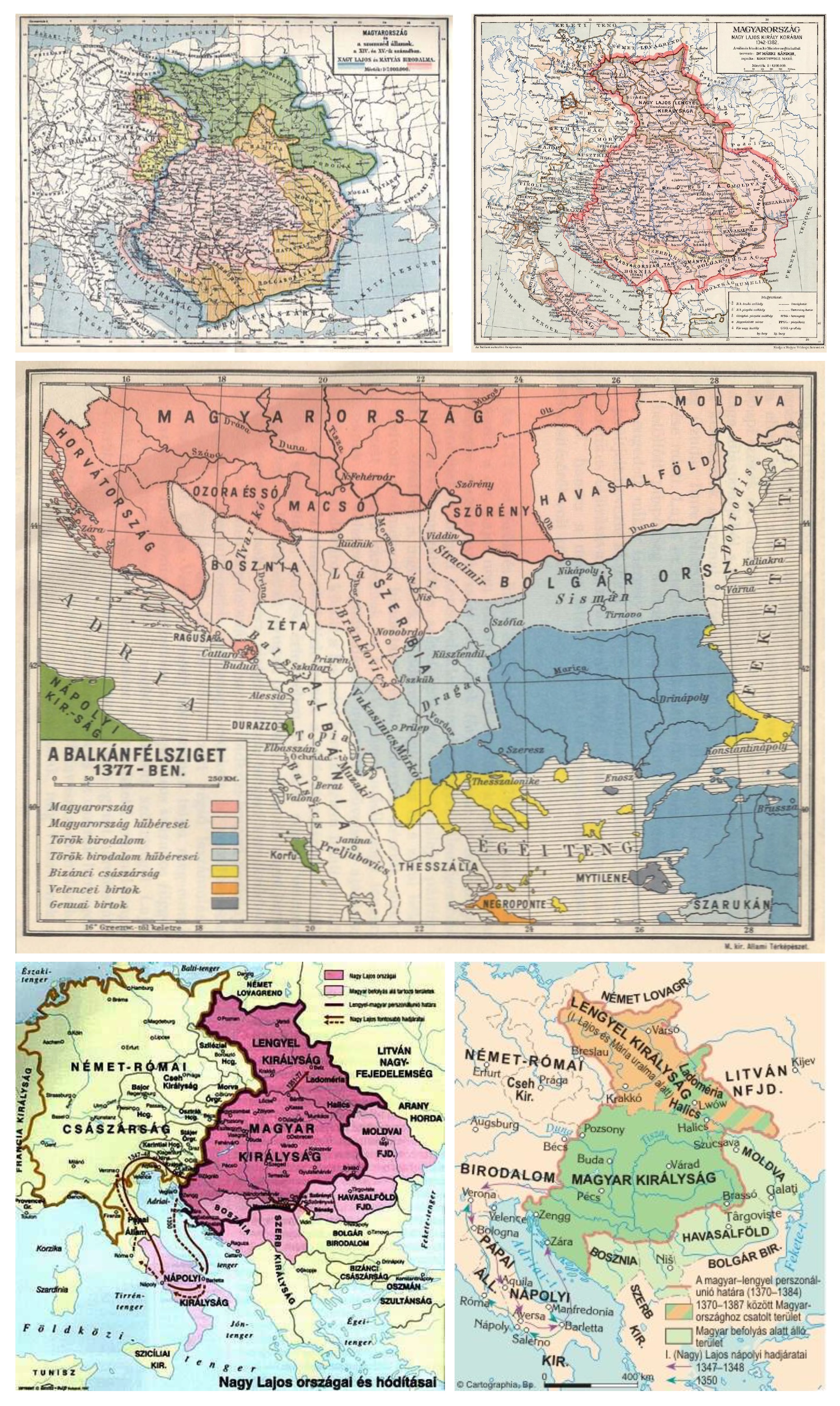
2. ábra: A "három tengeres" térképek eredete és fejlődése. Balra fent a Homolka-féle eredeti (forrás), jobbra fent a Kogutowitz-féle átdolgozott változat (forrás), lent balra és jobbra pedig a Cartographia Vállalat által készített változatok az 1990-es évekből és a 2000-res évek első évtizedéből (forrás itt és itt). Jól látszik, hogy az idő múlásával egyre alaposabb történelmi tudás birtokában az ábrázolt országhatárok is egyre pontosabbá válnak, illetve az is, hogy a későbbi térképek pontosságra törekszenek, amikor világossá teszik, hogy nem egyetlen egységes és hatalmas birodalomról van szó, hanem különböző státuszú területek (független királyságok és a hűbéri függés különböző fokán álló befolyási övezetek) egyetlen személy által és csak az ő életére kiterjedően megvalósított laza kapcsolatáról. Ha egy pillanatra képesek vagyunk eltekinteni attól, hogy mosta-e (és, ha igen, akkor hány tenger mosta) Magyarország partjait, akkor a középen látható térképen - amelyet Hóman Bálint készített (forrás) - képet kaphatunk arról, hogy mi volt I. Lajos magasztalt hódításainak egy alapvető jellegzetessége. Az tudniillik, hogy a magyar befolyás kiterjesztése a Balkánon egy olyan - a Magyarország és a lendületesen terjeszkedő Oszmán Birodalom közé ékelődő - területsávban történt, melynek államait testvérháborúk gyengítették (Bulgáriában és Szerbiában Lajos az egyik trónkövetelőt támogatta, míg a törökök a másikat, így végül mindkét ország trónkövetelői csak egy-egy országrész felett uralkodhattak - ki a magyar király, ki a török szultán támogatásával), ám a beavatkozással a viszályok nem oldódtak meg így a szétszakított országok képtelenek voltak ellenállni a török hódításnak, amely idővel végül Magyarországot is elérte.

3. ábra: A "három tengeres" koncepció Achilles-sarka a lengyel Balti-tengeri kapcsolat és a moldáv Feteke-tengeri kijárat kérdése az érintett országok legfrissebb kutatásokat feldolgozó történeti kartográfiai munkáin (forrás: itt és itt). Balra a lengyel hűbérbirtokok Pomerániában: a Stolpi Hercegség és a hozzá került Wolgasti Hercegség. Bár ezek a területek nem tartoztak a Lengyel Királysághoz (minthogy a Német-Római Birodalomhoz tartoztak), a hűbéruruk azonban a Lengyel Király volt, aki így kárpótolta magát a Német Lovagrend terjeszkedése következtében 1309-ben elvesztett pomeréliai (a Visztula és Pomeránia közötti tengerparti) területeiért. Az a megállapítás tehát igaz, hogy Lengyelország ebben az időszakban nem ért el a Balti-tengerig. Az viszont nem igaz, hogy a lengyel királynak ne lettek volna a királyságával közvetlen területi összeköttetésben álló birtokai a Balti-tenger partján. Így mindenképpen át kell értékelni azt a megállapítást, hogy "Lengyelországnak ebben az időszakban nem volt kijárata a Balti-tengerre" (az országhoz tartozó területsáv valóban nem volt, olyan területsáv azonban nagyon is, amely biztosította számára a kijárást a Balti-tengerre). Hasonló a helyzet a moldáv fekete-tengeri kijárattal is. A Besszarábia elnevezést ekkoriban még nem a Prut és a Dnyeszter közötti teljes területre értették, csak e területnek a tengerparttal határos legdélebbi részére. Moldáviát ugyanis földrajzi alapon hagyományosan két részre osztották: a Kárpátok felé eső Felföldre (Tara de Sus) és a tenger felé lejtő Alföldre (Tara de Jos). Mindkét terület kiterjedt a Prut és a Dnyeszter közötti területsávra is, s ezekből I. Lajos szervezett a Kárpátokon túli határőrvidéket Erdély védelme számára 1345-1365 között. Ehhez képest Besszarábia névvel csak a közvetlen tengerparti területet illették (nagyjából a Dnyeszter alsó folyása, a tenger, a Duna-torkolat és a moldáv Alföld között). Ez a területsáv hagyományosan nem képezte a Moldáv Fejedelemség részét, 1365 után csak fokozatosan került viszonylagos moldáv függésbe. A fejedelemség Besszarábia feletti uralma csak 1392-re - tehát jóval I. Lajos halála utánra - stabilizálódott az északi Akkermann - románul Cetatea Alba - (ma: Bilhorod Dnistrovskyi, Ukrajna) és Kilia (ma: Ukrajna része) erődjeinek elfoglalásával. Besszarábia sorsa mindazonáltal nem azonos a várai/városai sorsával, amennyiben Akkermann erődjét I. Lajos ténylegesen elfoglalta (s utódai közül Zsigmond és a Hunyadiak is erődítették). A várnép utolsó magyar tagjai az 1511-es krími tatár betöréskor hagyták el az erődítményt, amikor is a Dnyeszter-folyón feljebb, a bal parton fekvő Csöbörcsökbe költöztek, amely a legkeletibb csángó falu volt, amelyet azonban ma már nem laknak magyarok (csupán néhány családnév utal magyar eredetre). A besszarábiai moldáv fennhatóság - amelynek a törökökkel és a krími tatárokkal vívott harcok során többször (így 1420-ban is) fegyverrel kellett érvényt szerezni - 1538-ig tartott, amikor a terület Budzsák néven az Oszmán Birodalom tartománya lett, s 1812-ig az is maradt.
A fentiekre tekintettel tehát a "három tengeres" elképzelés nem feltétlenül nélkülöz minden alapot, noha a leegyszerűsítő felfogás szerinti értelemben - miszerint magának Magyarországnak lett volna három tengerpartja - kétségtelenül hamis.
A képet még árnyaltabbá teszi az, ha tudjuk, hogy a középkor viszonyai között az emberek nem nemzetiségi hovatartozás, hanem a hűbéri rendben (Heerschildordung) elfoglalt helyük alapján határozták meg magukat. Vagyis a beszélt nyelv (és az egy nyelvet beszélők közösségéhez való tartozás) szempontjánál sokkal fontosabb volt számukra az, hogy kinek fizetnek adót, kitől kapják a birtokaikat, kinek tartoznak fegyveres vagy egyéb szolgálattal, s ki védi meg őket, ha kell. Vagyis az emberek egy állammá szervezett közösségben sokkal közvetlenebbül értékelték önmagukat és egymást a valós érdemeik, készségeik és képességeik alapján, semmint a ma hagyományos nyelvi-etnicista csoportképzés szempontjai szerint. A társadalmi rang és a gazdasági befolyás megszerzése és megtartása szempontjából tehát a "nyelv", a "nép" és a "nemzet" nem feltétlenül jelentettek olyan szempontot, amin ne lehetett volna felülemelkedni - az államok kialakításának (és az államot alkotó közösségek összetételének) nem volt dominánsan nyelvi-etnikai alapja.
T.A.: Mit jelentett ez a magyar tengerészek és tengerkutatók szempontjából? Az ő boldogulásukra hogyan hatottak ezek a viszonyok? S, ha végül is Magyarországnak tényleg nem volt egyetlen tengerpartja sem, akkor mi a helyzet Fiumével?
A Kárpát-medence magyar államalakulatainak etnikai magyar közösségeiben hagyományosan nem nagy az érdeklődés a tengerhajózás iránt. A magyar hajózástörténet már hivatkozott nagy eredményeit - az olykor nemzetközi szinten is ismert és elismert teljesítményeket - általában olyan emberek érték el, akik a közvetlen környezetük ellenkezése dacára mentek a tengerre, tehát az általánoshoz képest inkább különcnek számítottak.
Magyarország nem Anglia, ahol senki sem él 80 km-nél messzebb a tengertől, ezért minden család életéhez a tengerrel összefüggő személyes élmény tapad. Magyarországról nehezebb eljutni a tengerhez, de épp' ezért értékesebb minden elért eredmény. Ezekből pedig még úgy is bőségesen kijutott az országnak, hogy a tenger és a tengerészet iránti általános érdeklődés folyamatosan csekély, vagyis, hogy ebben az értelemben - ahogyan korábban már említettem - a létező tengerészhagyományaink ellenére sem vagyunk tengerésznemzet. Ennek ellenére időről időre minden korban akadtak olyan magyarok, akiknek teljesítményét és eredményeit feljegyezte a hajózás egyetemes története.
A tengertől való idegenkedés ugyanakkor érdekes módon nemcsak Magyarországra jellemző, de általában igaz a Habsburgok közép-európai országaira (az olasz és a horvát területek kivételével), sőt magára az uralkodó családra is (melynek összsen szintén alig néhány tagja mutatott lelkesedést a tenger és a tengerészet ügyei iránt). A Habsburgok országainak tengerészeti teljesítményét ezért sokáig az udvarban szolgáló angolok, dánok, franciák, olaszok és skótok érték el. Ahogyan ők felajánlották szolgálataikat a Habsburgoknak, úgy voltak olyan magyar hajósok, akik más külföldi udvarokban igyekeztek ugyanígy megcsinálni a maguk szerencséjét.
Ez még az aktuális évforduló kapcsán érintett korszak - a Gründerzeit - hajnalán is így volt: Idősebb Entz Géza (1841-1919) biológus például 1883-ban Nápolyban dolgozott. Fia, ifjabb Entz Géza zoológus lett a Magyar Adria Egyesület alelnöke, majd elnöke, 1929-től pedig a tihanyi limnológiai kutatóintézet igazgatója (a limnológia az édesvizekkel, mint komplex – fizikai, kémiai és biológiai komponensek kölcsönhatása által létrejövő – rendszerekkel foglakozó tudományág, az óceanográfia édesvízi megfelelője).
Ami pedig Fiumét illeti: A települést Civitas Flanates néven a tengerparti illír törzsek egyike alapította, akiket a rómaiak, a bizánciak, majd a frankok követtek. A középkor hajnalán a polai püspök volt a város hűbérura, aki pedig az Aquileiai pátriárka vazallusa volt. A püspök azonban 1139-ben átadta a várost Duino hercegeinek, akik 1466-ig uralták (Magyar oklevelek első ízben 1260-ban említik a várost Rika néven, mint "fluvius et locus" - azaz mint azonos nevű folyó és helység). Azután, hogy az utolsó duinói herceg fiú örökös nélkül elhunyt, a hűbér visszaszállt az államra (pontosabban III. Habsburg Frigyes német-római császárra). 1515-ben I. Miksa császár a "Civitas Fidelissima" (a Leghűségesebb város) címmel tüntette ki, 1530-ban I. Ferdinánd kiváltságokkal ruházta fel. 1659-ben, I. Lipóttól saját lobogót kapott, 1717-ben pedig VI. (Magyarországon III.) Károly szabad kikötő rangjára emelte. Fejlődését azonban végig beárnyékolta a közeli Trieszt, melynek kereskedői mindent megtettek azért, hogy Fiume ne lehessen a vetélytársuk. A helyzeten Mária Terézia igyekezett segíteni azzal, hogy Fiumét 1776-ban először Horvátországhoz, majd 1779. április 29-én Magyarországhoz csatolta, hogy annak gabonakikötőjeként erősödhessen, mint szabad királyi város, s a "Magyar Szent Koronához csatolt külön test" (separatum sacrae regni coronae adnexum corpus).
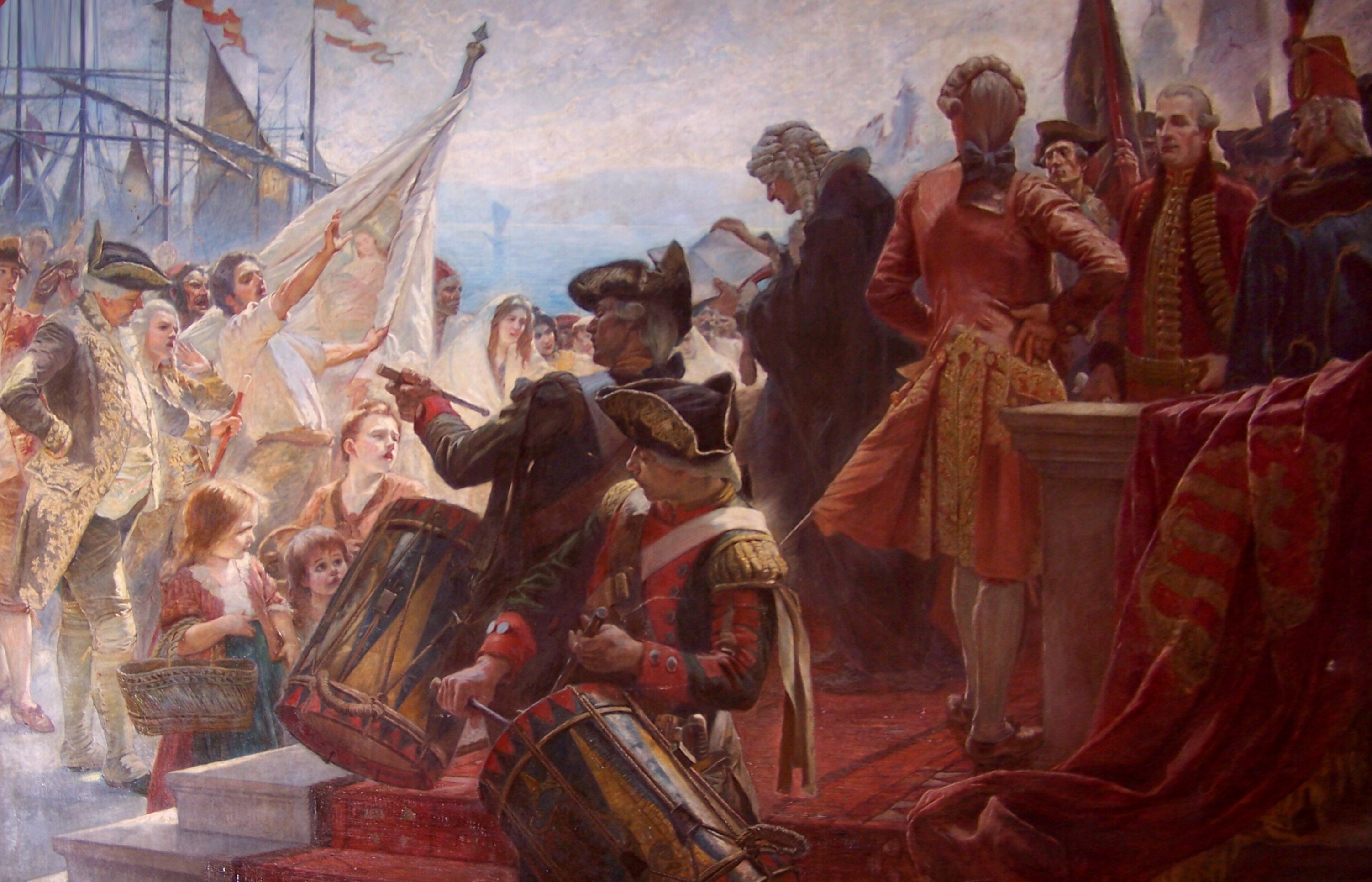
4. ábra: "Fiume visszacsatolása Magyarországhoz." Dudits Andor historizáló festménye az uralkodói rendelet kihirdetéséről (1895). (Forrás). A kép címe azt sugallja, hogy történelme során Fiume korábban már része volt a Magyar Királyságnak, mégpedig azon az alapon, hogy a magyar rendek a török kiűzése után folyamatosan követelték a Habsburgoktól azoknak a területeknek a Magyarországhoz való visszacsatolását, amelyekről úgy vélték, hogy azokra történelmi jogcímük van.
Az 1807 és 1917 közötti 110 évben 190 törvényt hozott az Országgyűlés, amelyben a város jogi helyzetét, választási rendszerét, az igazgatás és az igazságszolgáltatás működését, az oktatást, a tengerészképzést, az építésügyet és a hajózást szabályozta. Ez az intenzív szabályozási tevékenység is jól mutatja Fiume rendkívüli fontosságát Magyarország számára, melynek ebben az időben a város a tényleges tengeri kapujává vált. Az 1868-as horvát-magyar kiegyezés után a magyar állam szédítő ütemben fejlesztette a kikötőt, ami így az I. világháborúig Európa 10. legnagyobb kikötője lett. Ízlelgessük: Európa tizedik legnagyobb tengeri kikötője magyar volt. Ezzel egy időben a Monarchia fejlődő hadiflottája, a császári és királyi Haditengerészet (K.u.k. Kriegsmarine) is egyre több magyart szólított a tengerhez: 1913-ban az újoncok mintegy 20%-a (a horvátok mögött másodikként) magyar nemzetiségű volt! Ma már nehezen tudjuk elképzelni, de eközben magyar hajógyárak tengeri és folyami hadihajókat építettek, melyek közül soknak a neve is magyar volt. A már említett navalizmus magyar változatának eredményeként a hazai ipari körök is elkezdtek üzletet látni a hajózásban és egyre többet tettek azért, hogy hasznot húzhassanak belőle: 1869-1871/1880 között kiépült a várost Magyarország belső területeivel összekötő vasútvonal (Fiume hatósugara – a kikötő gazdasági hátországa – ezzel az Adriától a Kárpátokig terjedt), 1873-1914 között pedig négy ütemben nagyívű kikötőfejlesztés zajlott. Az 1867-1920 közötti mintegy 50 évben a magyar állam közel 50 millió koronát fordított a kikötőre, amelyben egyebek között torpedógyár (1875), kőolaj-finomító (1879), rizshántoló (1881), gabonarakodó elevátor (1891) és egy korszerű hajógyár (1895) is létesült, amely 1907-től kezdődően bekapcsolódott a Monarchia tengeri hadihajóinak építésébe. 1881-1910 között az addig jellemzően olasz-ajkú város lakossága megduplázódott (20 981-től 50 302 főre), miközben a magyarok aránya csaknem a hússzorosára nőtt ugyanebben a periódusban (338-ról 6 493 főre). A haditengerészet ipari megrendeléseinek aránya eközben az 1897-es 29,6 millió koronáról 1913-ra 210 millió koronára nőtt, s ennek 36,4%-át Magyarországon költötték el. A beruházásoknak köszönhetően a Monarchia haditengerészete lényegében elérte az önellátást, csaknem teljesen függetlenítve magát a külföldi gyártmányoktól, s 1904-1914 között képessé vált a világ élvonalába tartozó dreadnought-típusú csatahajók építésére.
Ez a páratlan eredményeket hozó - szinte minden nap valami újat és nagyszerűt produkáló - fejlődés azonban csupán három nemzedék életében jelenthette a kézzelfogható valóságot, Azóta már csak emlék, ha mégoly szép emlék is. Hiszen Fiume magyar története a trianoni békeszerződéssel véget ért. Noha a tengeren és a tengerből élő aktív korú emberek nemcsak a nosztalgiát hozták haza, amikor kényszerűen el kellett hagyniuk életük mindaddig természetes közegét, de a tettvágyat is arra, hogy mindezt ne hagyják nyom nélkül elmúlni, ne adják fel mindazt, amit az elődeik, illetve ők maguk létrehoztak, de igyekezzenek az új közegbe is átültetni és a megváltozott körülmények között is folytatni, amit elkezdtek, illetve amit természetesnek tartottak. Nem véletlen, hogy ekkor alakult ki a magyar folyam-tengerhajózás, hiszen a tengerpartját vesztett állam tengerentúli picai a tengerpart elvesztése után is megmaradtak, ahogyan a tengeri hajókat üzemeltető magyar vállalatok is. Ugyanez igaz a már említett tihanyi limnológiai intézetre is, amely épp ekkor és épp ezért jött létre, hogy tudniillik a magyar tengerkutatási tevékenység elvesztett lehetőségeit pótolja, s otthona legyen azoknak a tudósoknak, akik a tengerről a kontinens belsejébe kényszerültek. A lelkesedés azonban leginkább addig tartott, amíg éltek ennek a nemzedéknek a tagjai. Az utánuk jövőknek már más volt a viszonya a tengerhez és más tapasztalatokat is szereztek. A világ megváltozott. Az, ami addig mindennapi valóság volt, mára emlékké fakult...
T.Á.: A hazai kutatói közösség hogyan kapcsolódott be a nemzetközi tengerkutatásba, s hogyan lett ebből magyar tengerkutatás?
B.T.: A tenger tudományos kutatásába az első magyar szakemberek akkor kapcsolódhattak be, amikor Ferdinánd Miksa főherceg - Ferenc József testvéröccse, flottaparancsnok, későbbi mexikói császár - 1857-ben útnak indította a két évig tartó NOVARA-expedíciót. Ez volt a hatvanegyedik Földkerülő hajóút a történelemben, melynek magyar tagja volt Gaál Béla, Semsey Gusztáv, Kalmár Sándor, Máriássy Mihály, Schwarz Ede és Xántus János. Noha ők magyarként vettek részt az expedíción, az még a kiegyezés előtt történt, így osztrák expedíciónak minősült, bármiféle magyar nemzeti jelleg nélkül. Az expedíción szerzett tapasztalatok alapján és az ott kialakított gyakorlatot felhasználva mindenesetre a Haditengerészet 1866-ban megkezdte az Adria tudományos felmérését és feltérképezését, egyelőre a partok mentén.
Az "expedíció" kifejezés a kiküldetést jelentő latin alapjelentése után eredetileg katonai célú kiküldetésekre utalt, ám ezt a jelentést fokozatosan felváltotta a tudás gyarapítását szolgáló utazás jelentése. Ebben az értelemben az utazás a tudománytörténetben a fejlődés motorjaként jelent meg, a tudományos kutatás pedig a nagyhatalmak vetélkedésében - mai kifejezéssel élve - a "soft power" egyik fontos eszköze volt. A presztízsértékű utazásokat ezért a kormányok is támogatták, a tudományos intézmények kiemelkedő tevékenysége pedig társadalmi jelentőségre tett szert. A bécsi székhelyű Osztrák Tudományos Akadémia meglehetősen gyakorlott intézménynek számított ezen a téren, hiszen 1847-1918 között csaknem 300 kutatóutat szervezett és/vagy finanszírozott.
A magyar tengerkutatás ezekből az előzményekből táplálkozott, intézményesítésének lehetősége pedig azután vált kézzelfoghatóvá, hogy az európai tendenciákhoz igazodóan a fiumei magyar kikötőhatóság is megkezdte a csapadékmennyiségre vonatkozó és a léghőmérsékleti adatok feljegyzését, valamint a tengerfenék domborzatának és a tengervíz összetételének rendszeres vizsgálatát 1874-ben. A tudományos vizsgálathoz a magyar hatóság csak hajót biztosított, minden másról - tudósokról, felszerelésről, ellátmányról - az Osztrák Tudományos Akadémia gondoskodott, Magyar kutatók ezeken az utakon csak elvétve vettek részt, a munkát főként osztrák és olasz szakemberek végezték. Az 1872-ben alapított nápolyi zoológiai intézet azonban (amelyet idősebb Entz Géza kapcsán már említettem) 1881-től egyre több (1970-ig összesen 29) magyar kutatót - zoológusokat, botanikusokat, fiziológusok, kémikusokat - fogadott. Számukra a Magyar Adria Egyesület (MAE) megalakulása biztosított alkalmat arra, hogy bekapcsolódjanak a Quarnero (a Fiume előtti tengerrész), majd az egész Adria kutatásába.
1909 őszén Tápay-Szabó László szegedi születésű budapesti jogász, publicista azt fejtegette, hogy Magyar Adria Bizottság néven alakuljon egy új tudományos szervezet az Adria kutatására és a tengerre vonatkozó ismeretek terjesztésére, a munka társadalmi vonatkozásainak kezelésére pedig alakítsák meg a Magyar Adria Egyesület, amelyet végül 1910-ben be is jegyeztek. Az egyesület alakuló közgyűlésén az akkori magyar tudományos élet színe-java és sok, a tengerrel kapcsolatban álló intézmény képviselője megjelent, s egyhangúlag Gonda Béla miniszteri tanácsost választották elnökké, főtitkárrá pedig az ugyancsak kitűnő szervezőképességű Tápay-Szabó Lászlót. Kettejük munkája biztosította az egyesület folyóirata, "A Tenger" megjelenését, amely belső értékes tartalmával, s az akkoriban pazarnak mondható kiállításával nagy feltűnést és érdeklődést keltett. A lap taggyűjtő propagandaeszközként működött, de az érte cserébe kapott folyóiratok, évkönyvek révén az ország egyetlen tengerészeti folyóirat- és könyvtárának megteremtéséhez is nagyban hozzájárult. Kiváló írói és kiadói gárdája munkájának köszönhetően a folyóirat színvonala messze meghaladta a korabeli átlagot.
A szerzők közé tartozott Kövesligethy Radó, az akkor már tekintélyes csillagász is, akit a MAE keretein belül a tengerkutatással összefüggő tevékenységek koordinációjára létrehozott Adria-kutató Bizottság elnökévé választottak. Ő javasolta, hogy a tervezett magyar Adria-expedíciót Leidenfrost Gyula ichtiológus vezesse, aki részt vett a 10. osztrák Adria-expedíción, a haditengerészet adriai kutató utakra megfelelően átalakított hajója, a NAJADE fedélzetén, amelyet az osztrák Adria Verein (a MAE ausztriai testvér-szervezete), valamint a Magyar Királyi Földtani Intézet, a Nemzeti Múzeum állattári osztálya és a Magyar Királyi Meteorológiai és Földmágnesességi Intézet költségén tettek alkalmassá a feladatra.
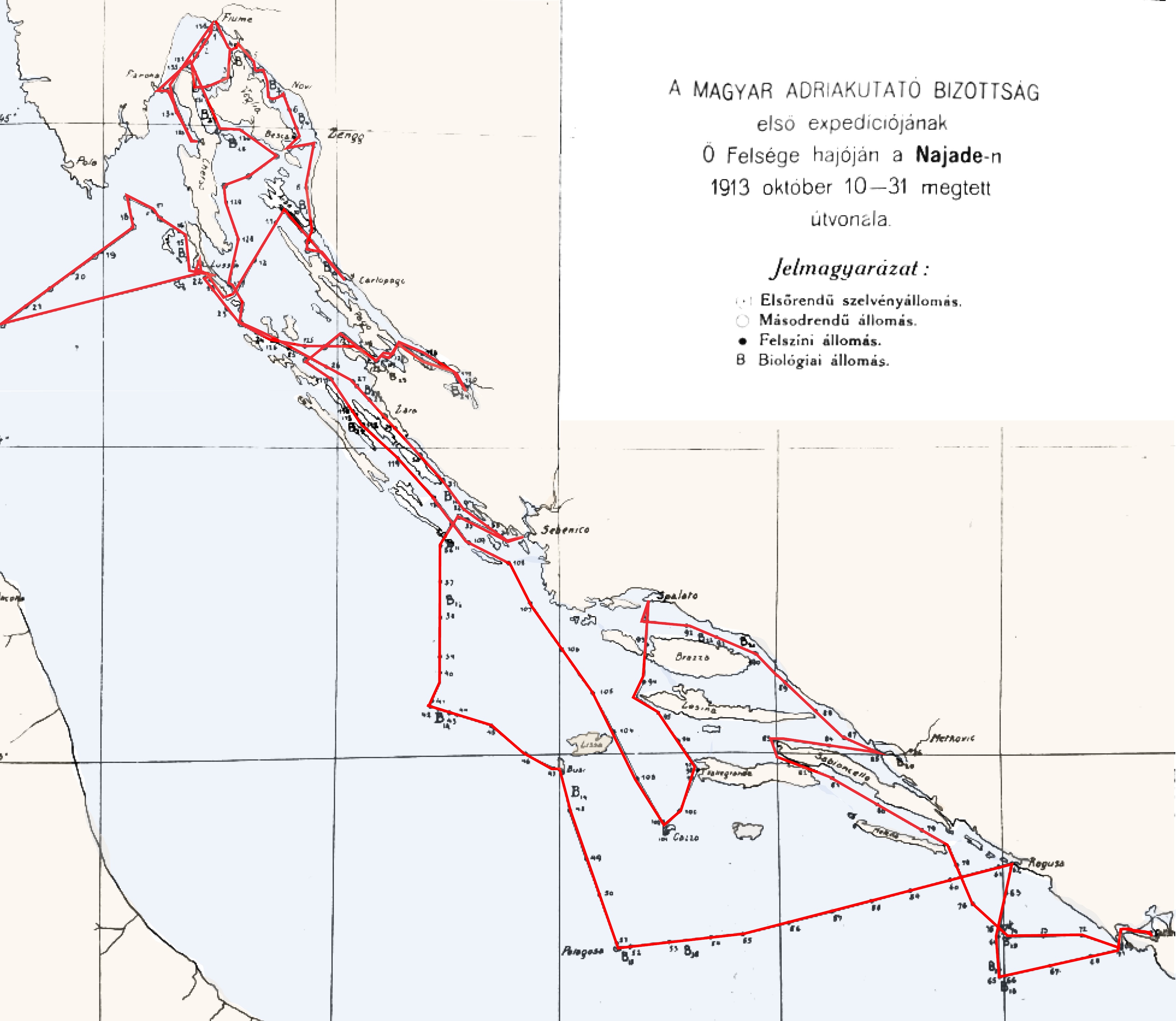
4. ábra: A NAJADE útja az Első Magyar Adriakutató Expedíció alkalmával (forrás).
A MAE kezdettől fogva arra törekedett, hogy évente ismétlődő rendszerességgel, évi két alkalommal 3-4 hetes expedíciókat folytasson az Adrián, amelyeken víz- és levegő-hőmérsékleti méréseket végeznek, elemzik a tengervíz só- és gázkoncentrációját, begyűjtik a lebegő állatokat és növényeket - minden évben azonos szelvényállomásokon, hogy megfigyelhessék a változást. A kezdet azonban a vártnál nehezebb volt, mivel a MAE megalakulása után 3 évig hiába igyekeztek elérni a NAJADE használatának biztosítását, amit végül Gonda Bélának sikerült kijárnia Bécsben, amikor személyesen zarándokolt el a Haditengerészeti parancsnokságra.
Az erőfeszítések eredményt hoztak, s 1913. október 9.-31. között sikerrel végrehajtották az első magyar Adria-kutató expedíciót, melynek tagjai (a nyitóképen fent) három héten át meteorológiai megfigyeléseket, hidrográfiai vizsgálatokat és biológiai kutatásokat végezve összesen 6 332 megfigyelést hajtottak végre.
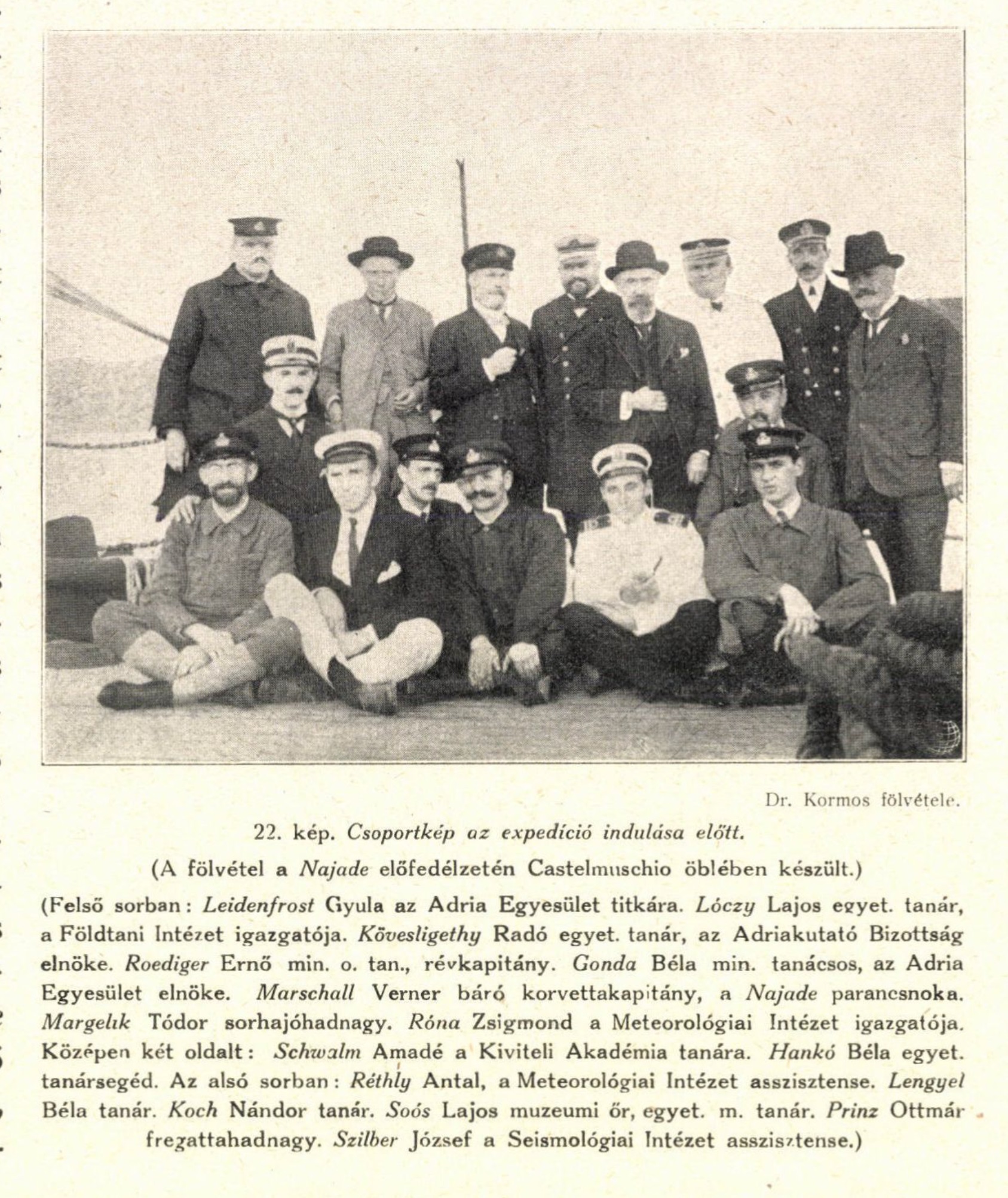
5. ábra: A Magyar Adria Expedíció szervezői, támogatói és tagjai. A második expedícióra is hasonló személyi összetételben került sor: Expedícióvezető: Leidenfrost Gyula, az Adria Egyesület titkára. Részt vett Marcell György, a Meteorológiai Intézet adjunktusa, Koch Nándor, Maros Imre, a Földtani Intézet geológusa, Kormos Tivadar, Maucha Rezső a Halélettani Intézet asszisztense, Kammerle Jenő múzeumi őr és Szüts Andor a Nemzeti Múzeum zoológiai osztályáról.
Bár az első sikeres expedíciót 1914. április 14.-május 9. között követte a második (amely már 7 000-nél is több mérést végzett), az első világháború kitörése miatt a folytatásról le kellett mondani. Trianonnal Leidenfrost Gyula pályája a magyar Adria Expedíciók jövőjével együtt tört derékba: A háborús összeomlás után megalakult Tanácsköztársaság idején a Természettudományi Múzeumok és Társulatok Direktóriumának elnökévé választották, ami miatt később egy időre kizárták a tudományos életből, a tenger nélküli országban pedig a magyar tengerkutatás is fokozatosan elsorvadt. Bár a Magyar Adria Egyesület nemzetközi kapcsolatain keresztül (a dán testvérszervezet közvetítésével) tag maradhatott az óceanográfiai kutatás nemzetközi szervezeteiben, saját tengerkutatást az ország többé nem végzett. A magyar tengerkutatás szomorú mementójaként a MAE tengerkutató szekciója A Tenger c. folyóirat hasábjain a magyar Duna-tengerjárókat üzemeltető hajótársaságokhoz intézett felhívással igyekezett a tengeri élővilág mintáit összegyűjteni, amikor arra kérte a vállalatokat, hogy hajóik dokkba állítása idején feltétlenül értesítsék az egyesületet még mielőtt hozzálátnának a hajótestek víz alatti részére tapadt élőlények eltávolításának.
Leidenfrost Gyula személyes tragédiája, hogy az általa gyűjtött minták elvesztek, sőt, a második világháborúban az otthona is elpusztult. A két expedíción begyűjtött minták egy része így feldolgozatlan maradt. Az összeomláskor Horvátországban maradt szivacsgyűjtemény egy részét az 1970-es években még sikerült hazahozni, ennek teljes feldolgozását azonban Leidenfrost Gyula már nem érhette meg..
.
A teljes beszélgetést rögzítő adás két része meghallgatható a Klubrádió honlapján itt és itt.
További információk a magyar Adria-expedíciókról: itt.
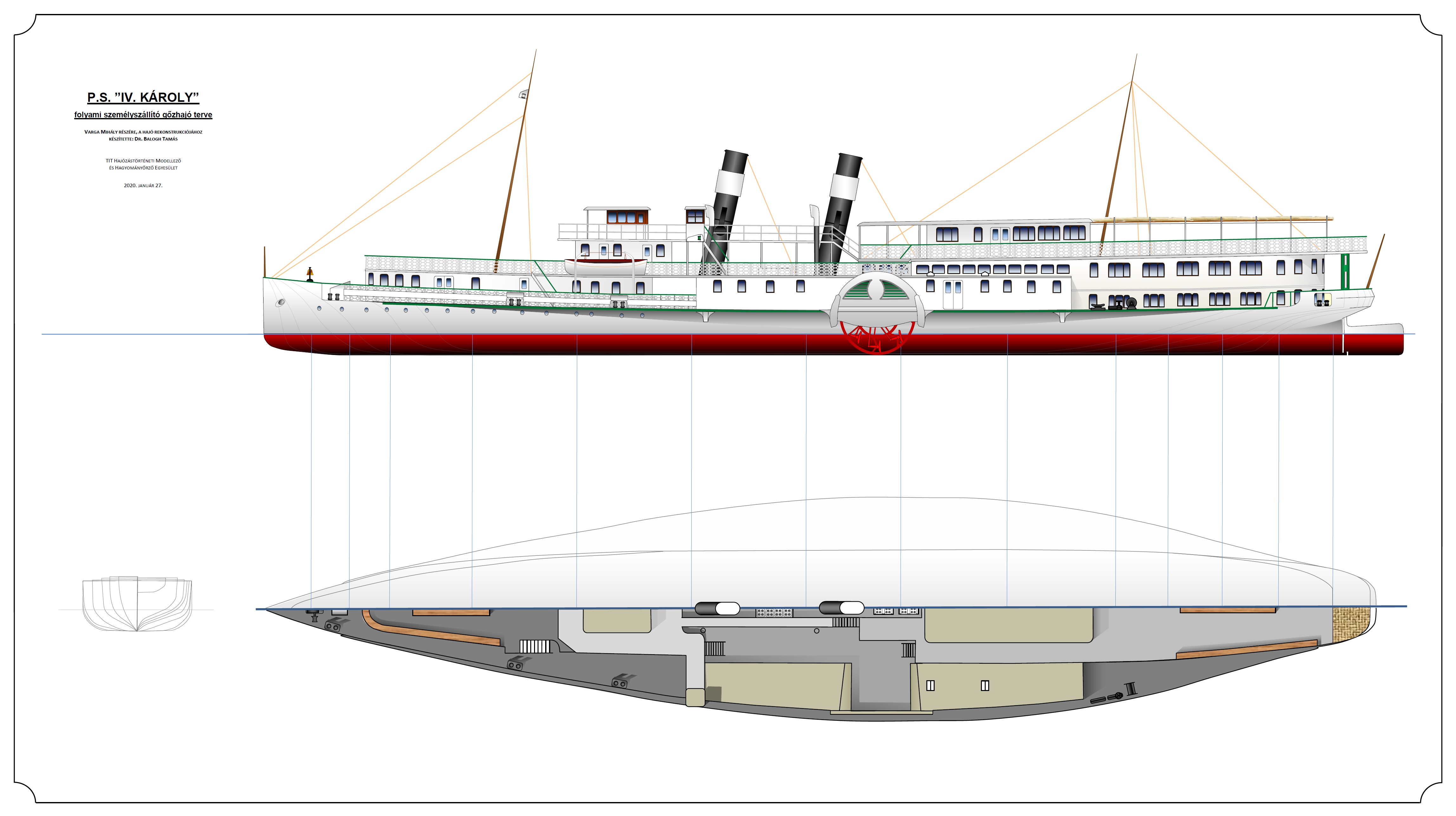
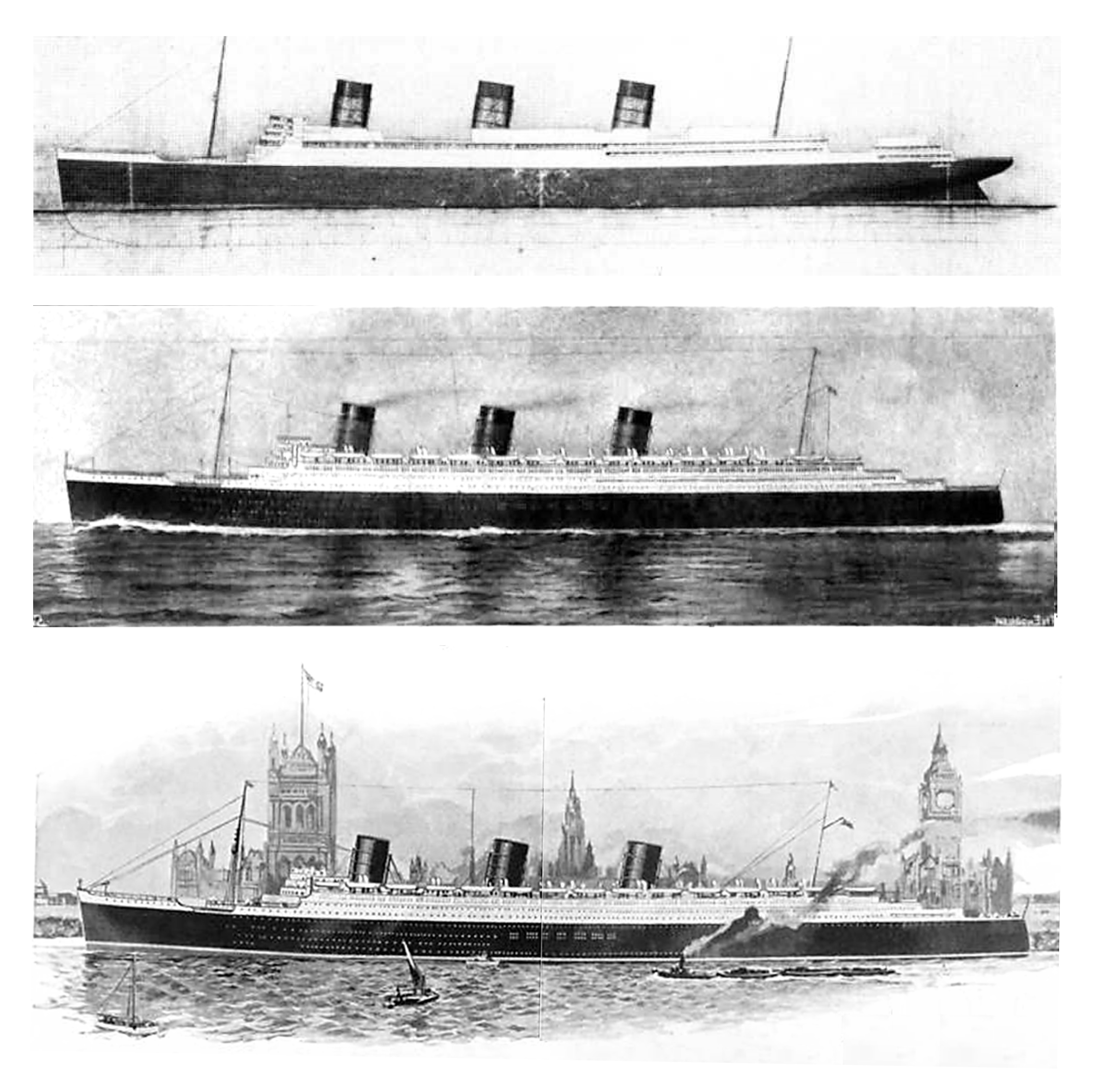
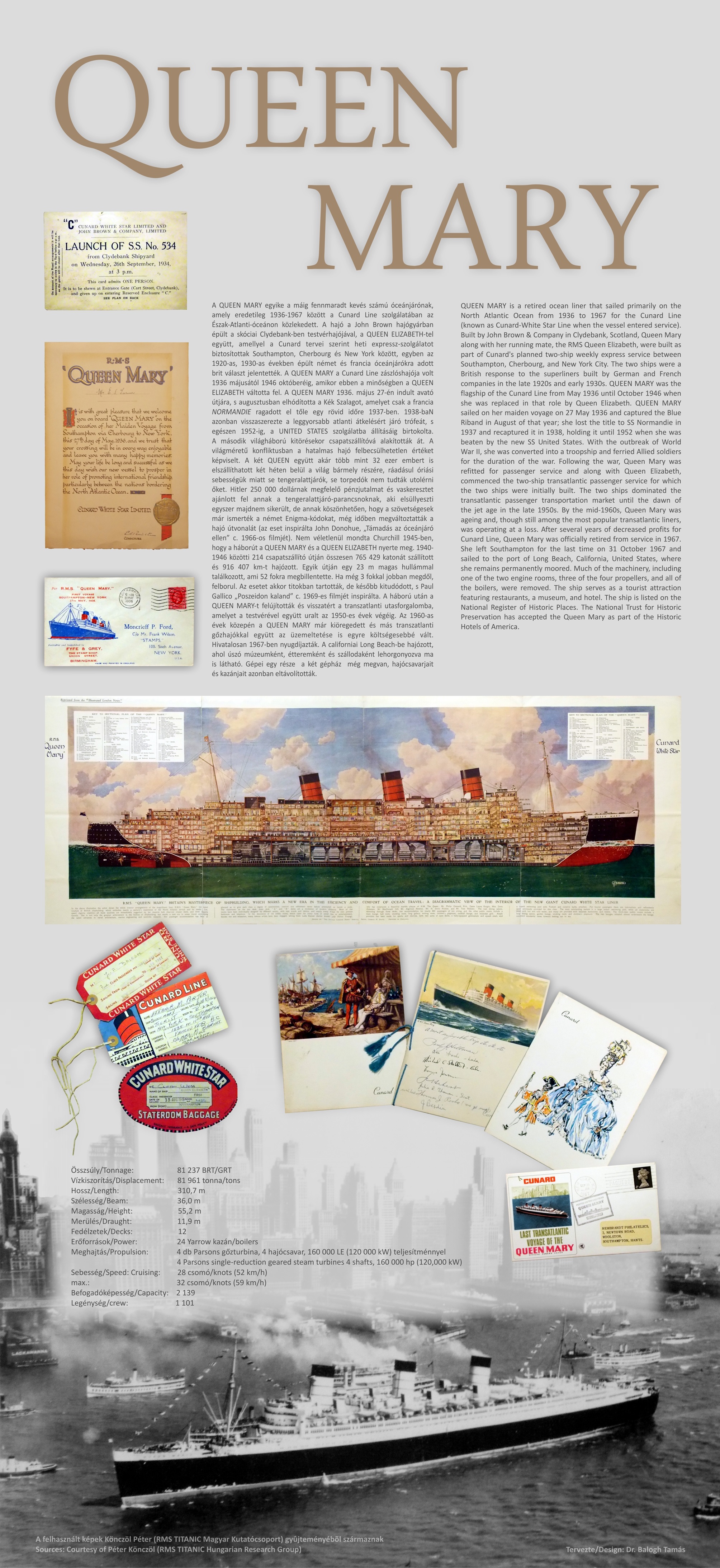
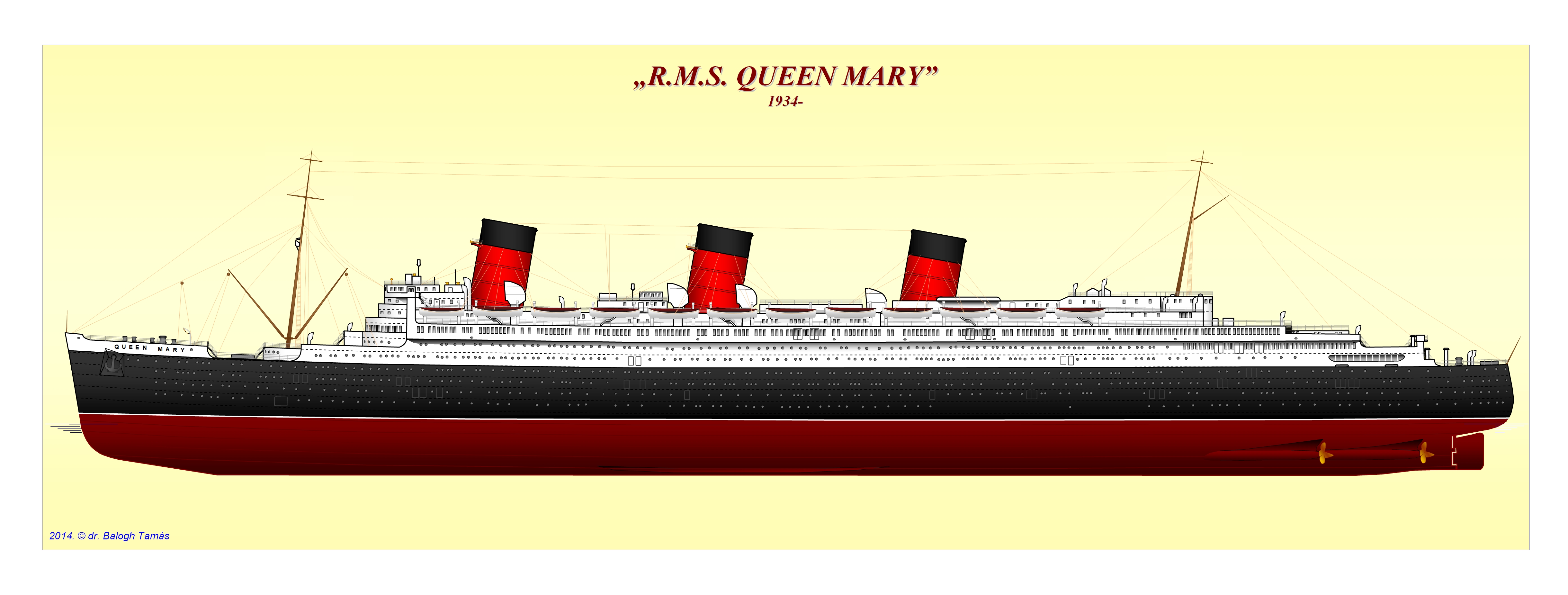
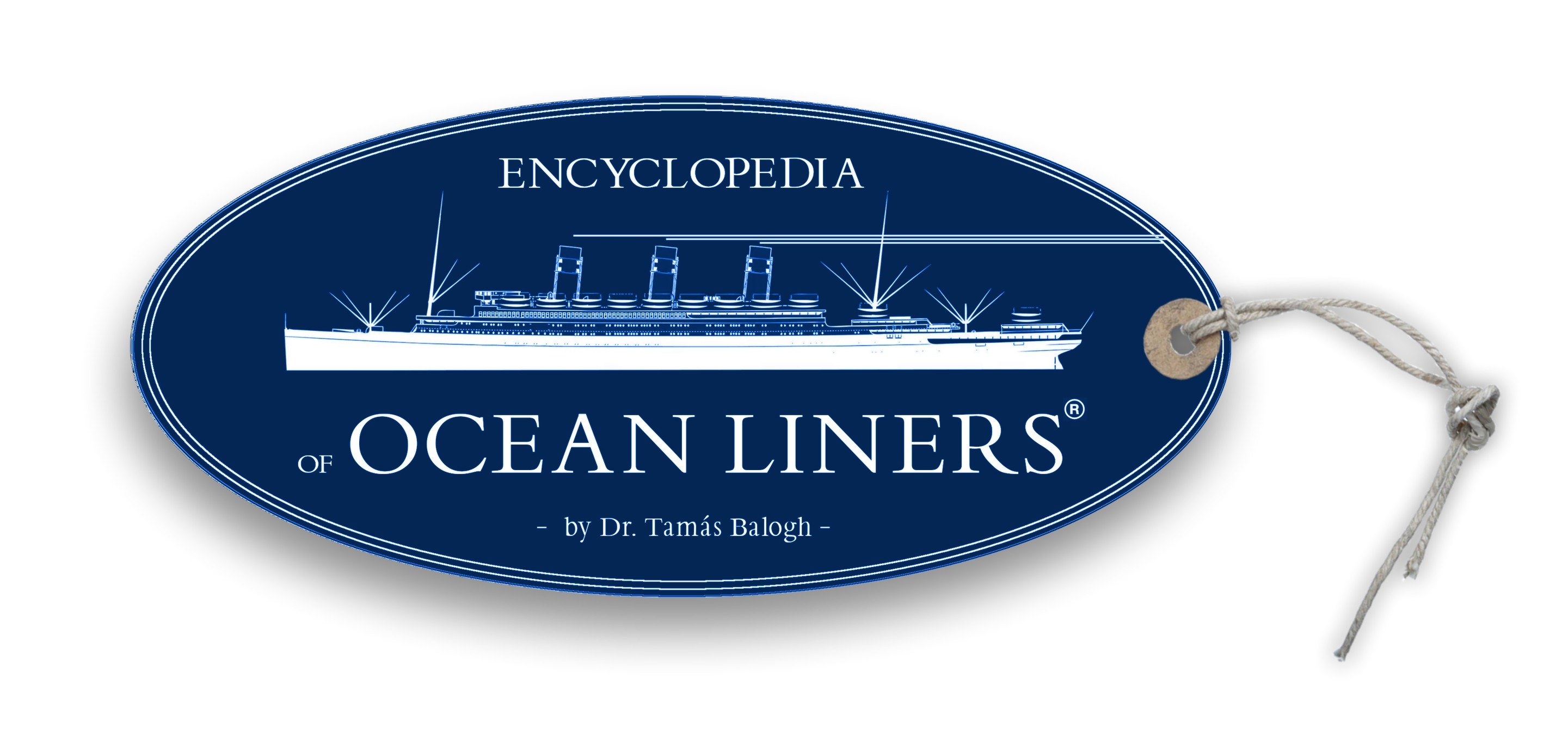
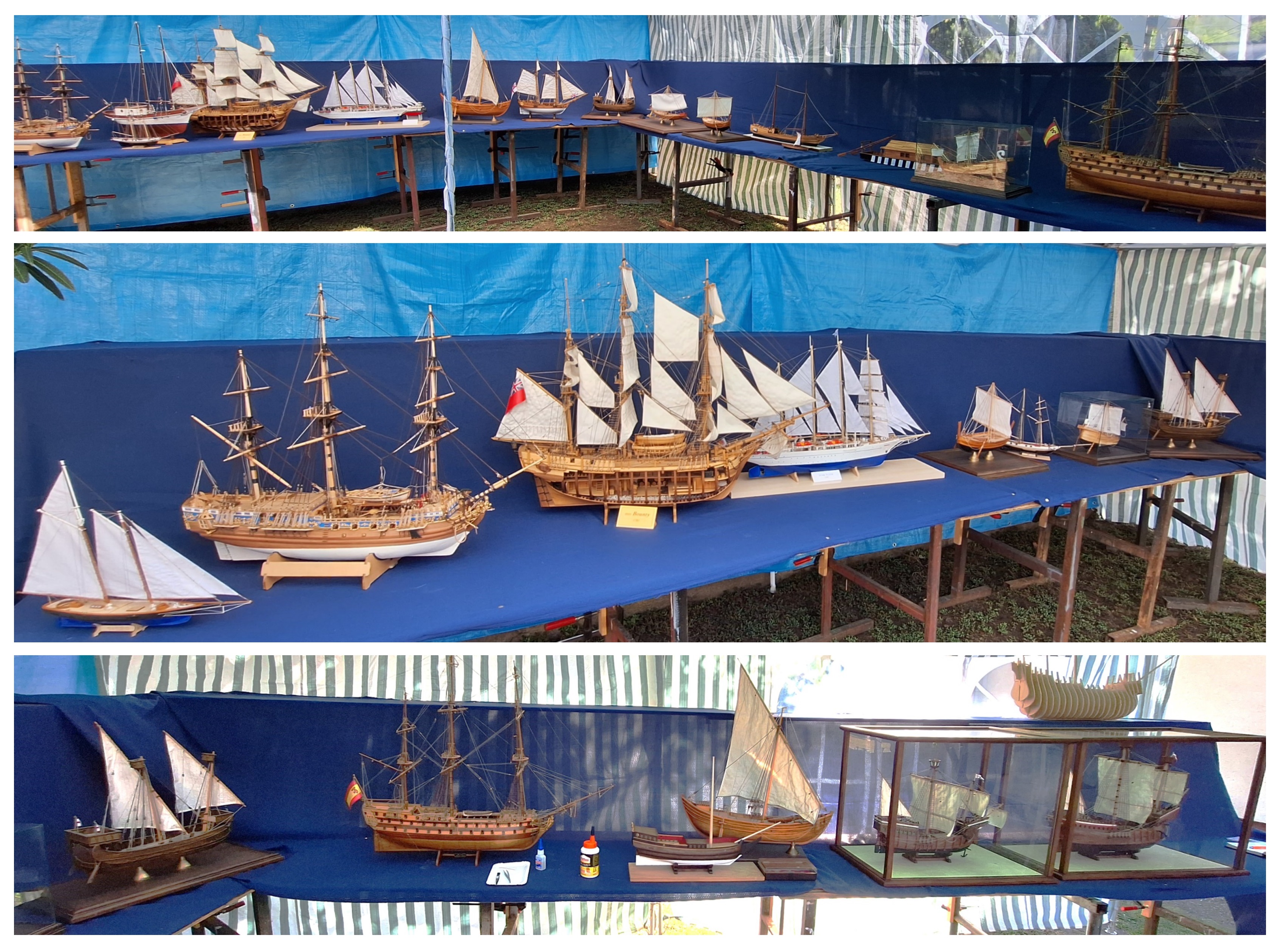
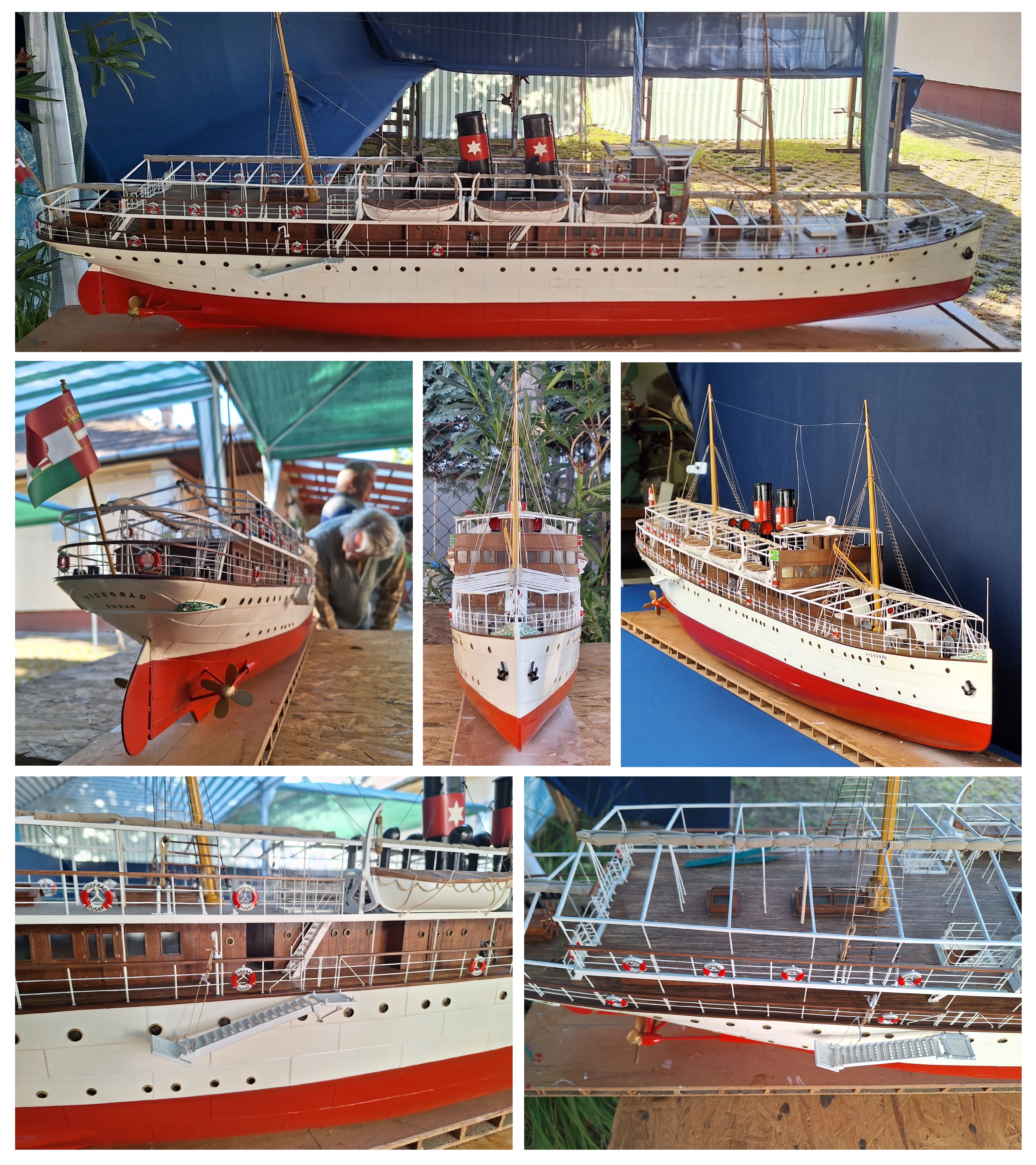
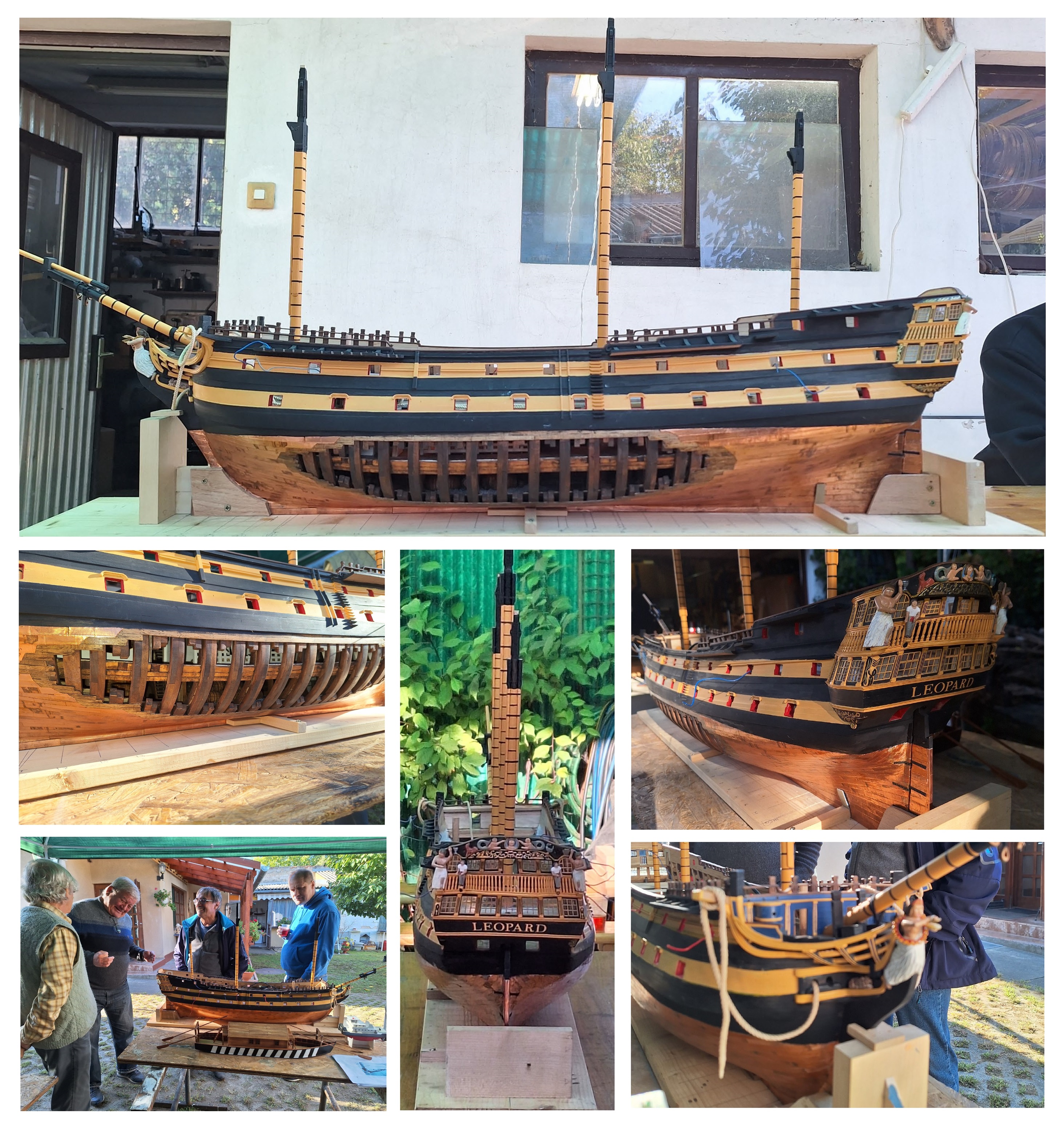
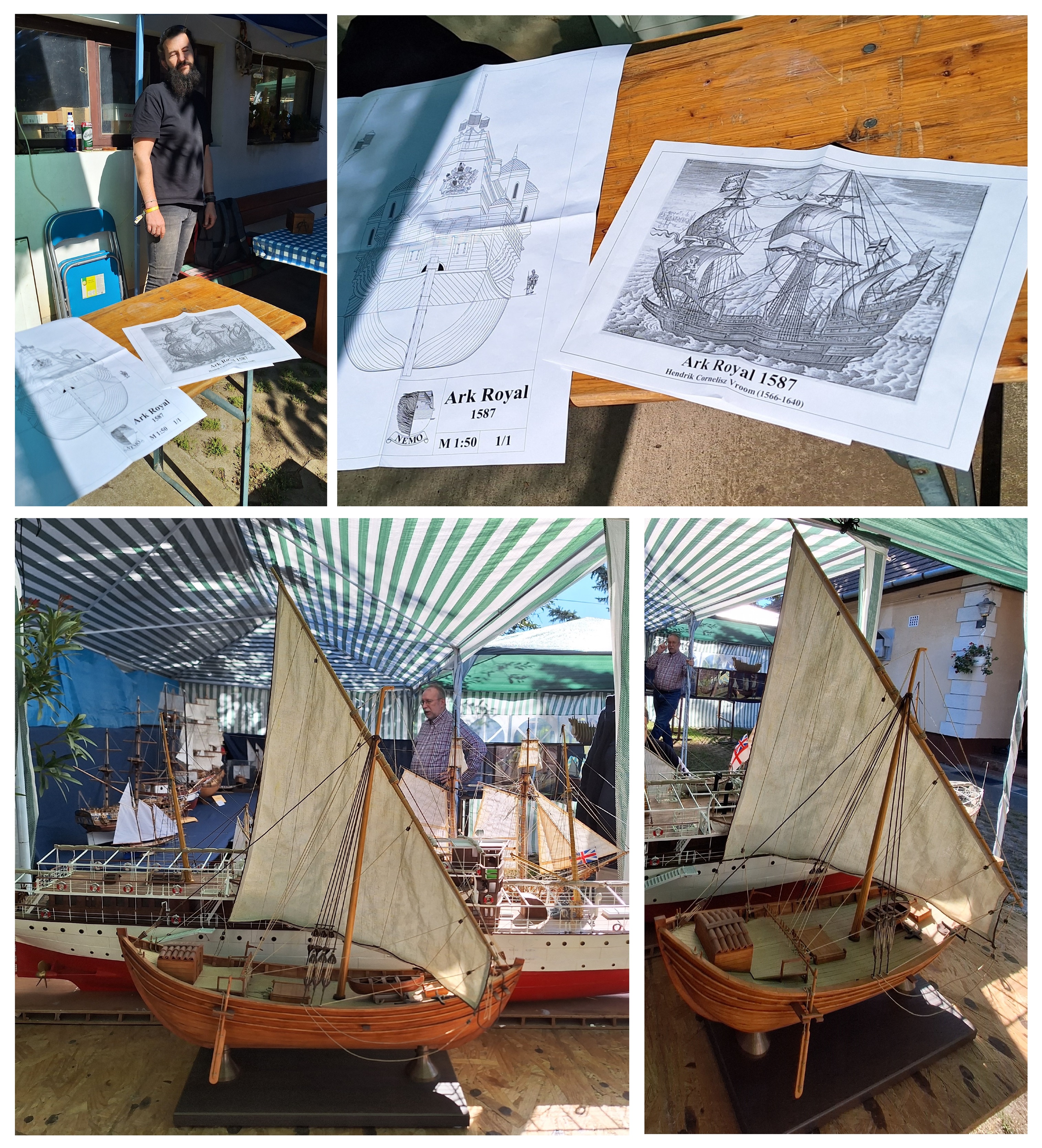
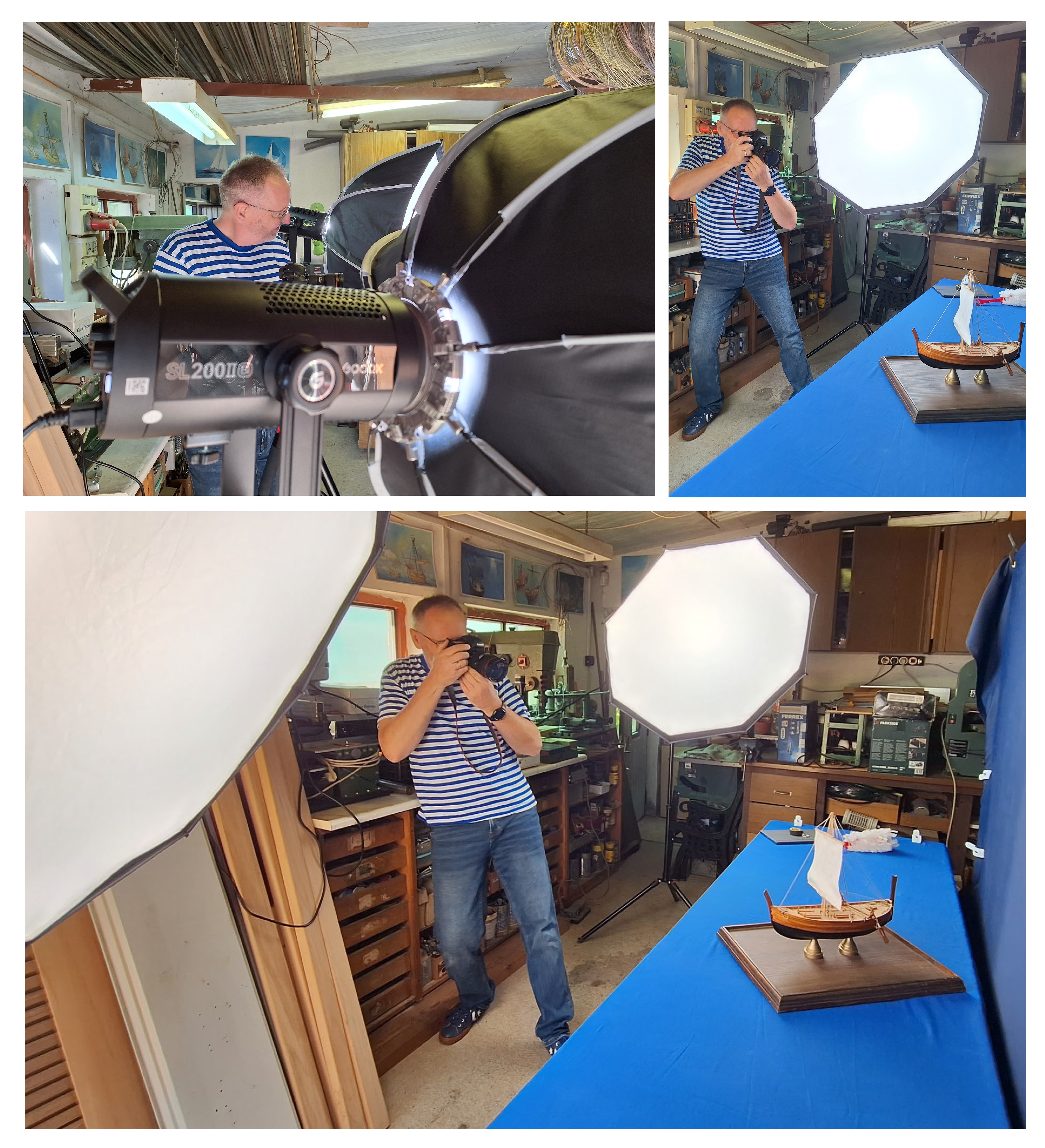
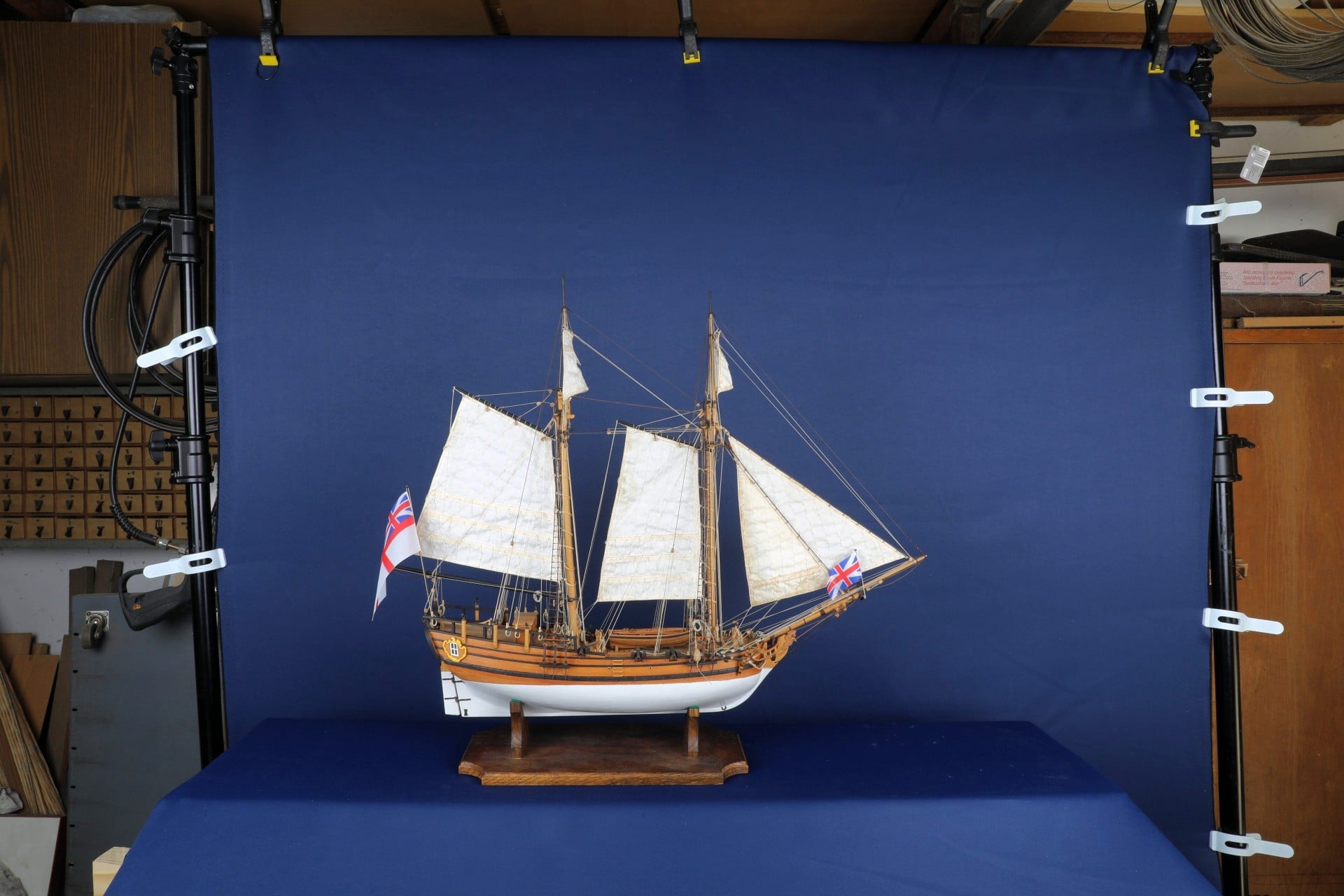
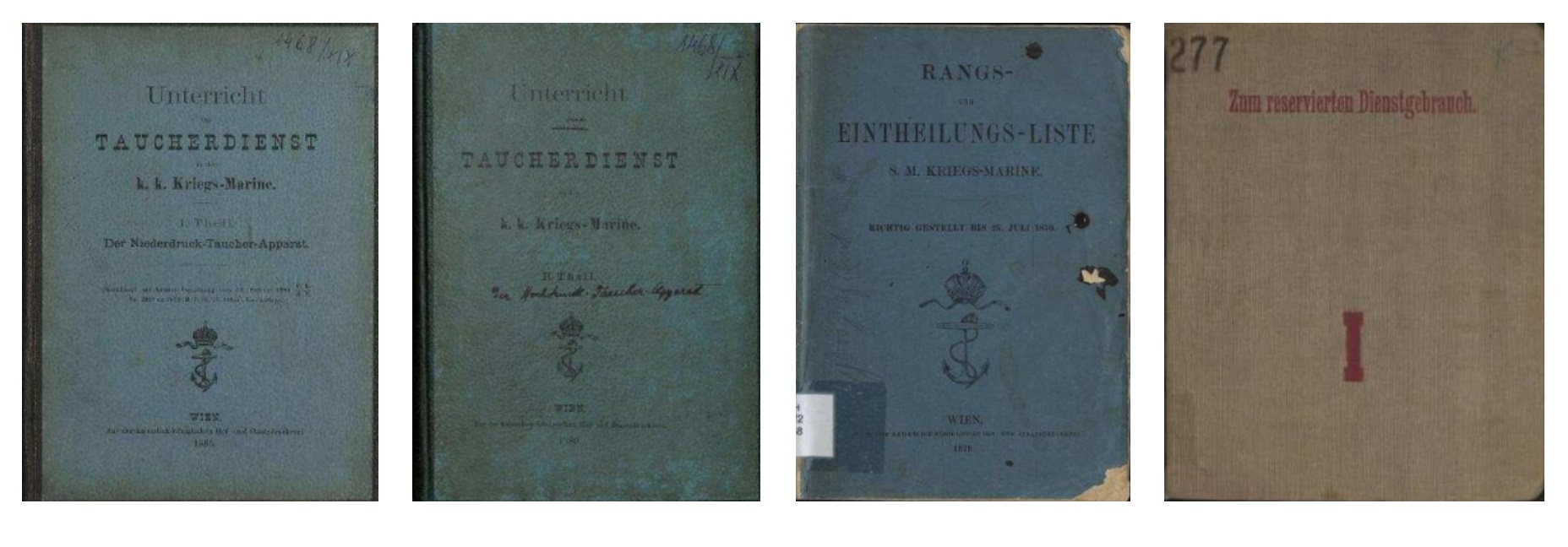







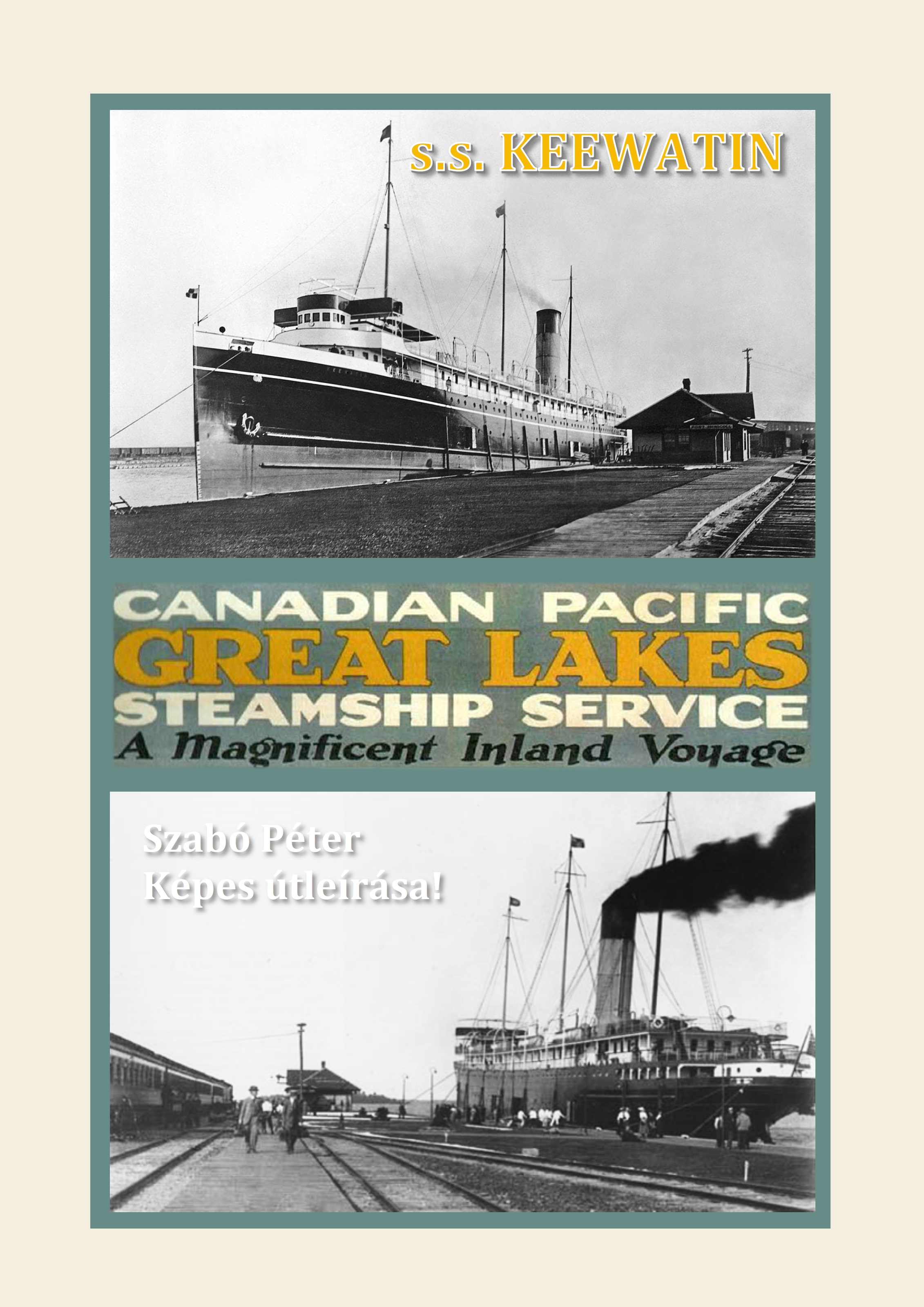
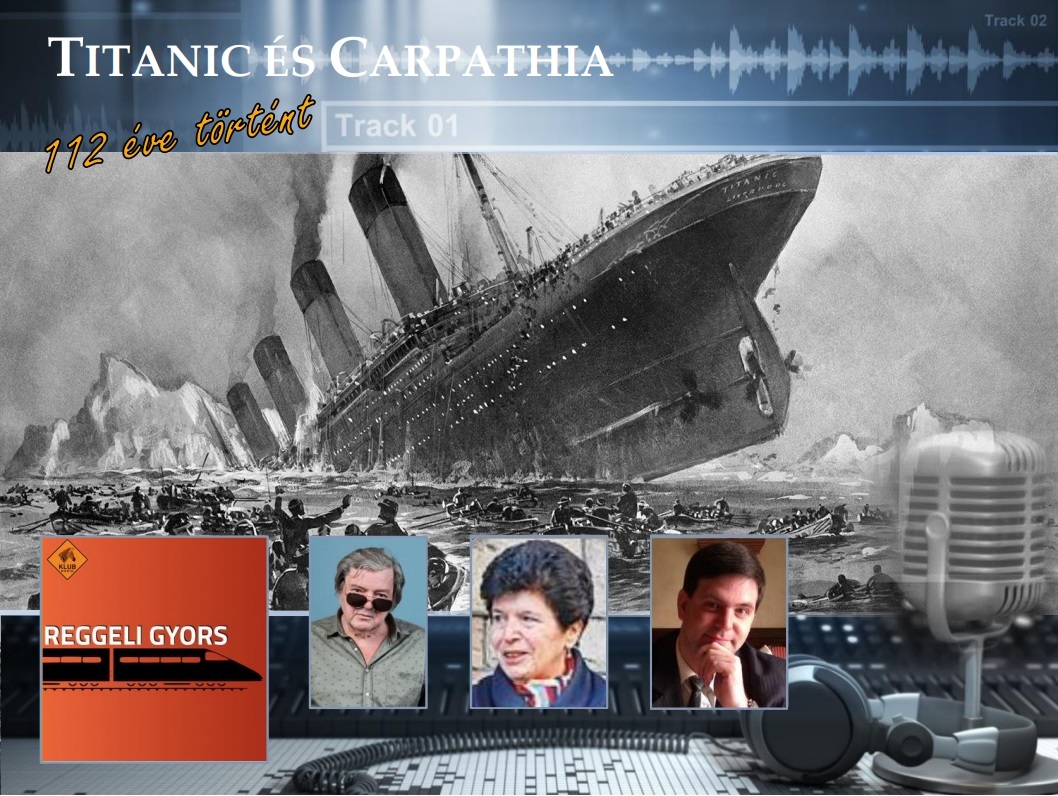
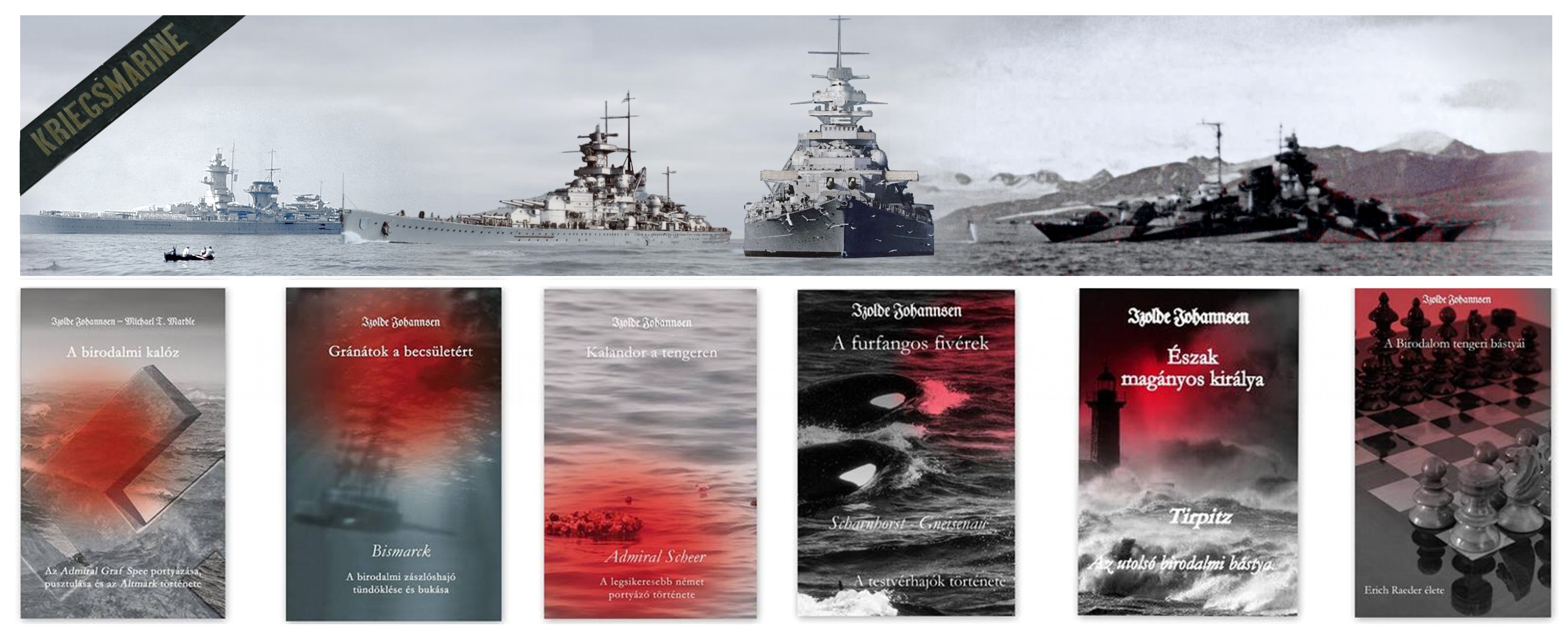
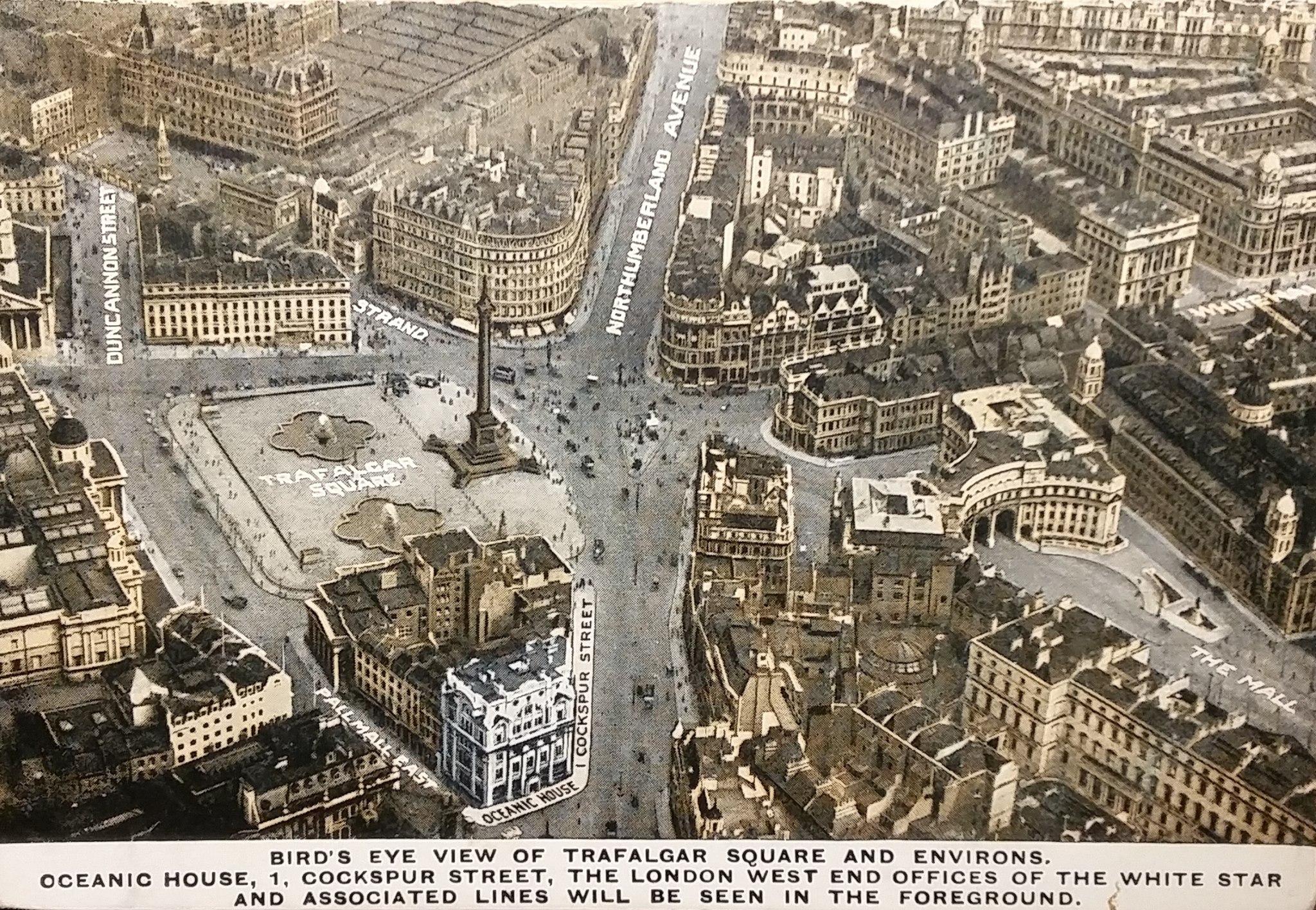
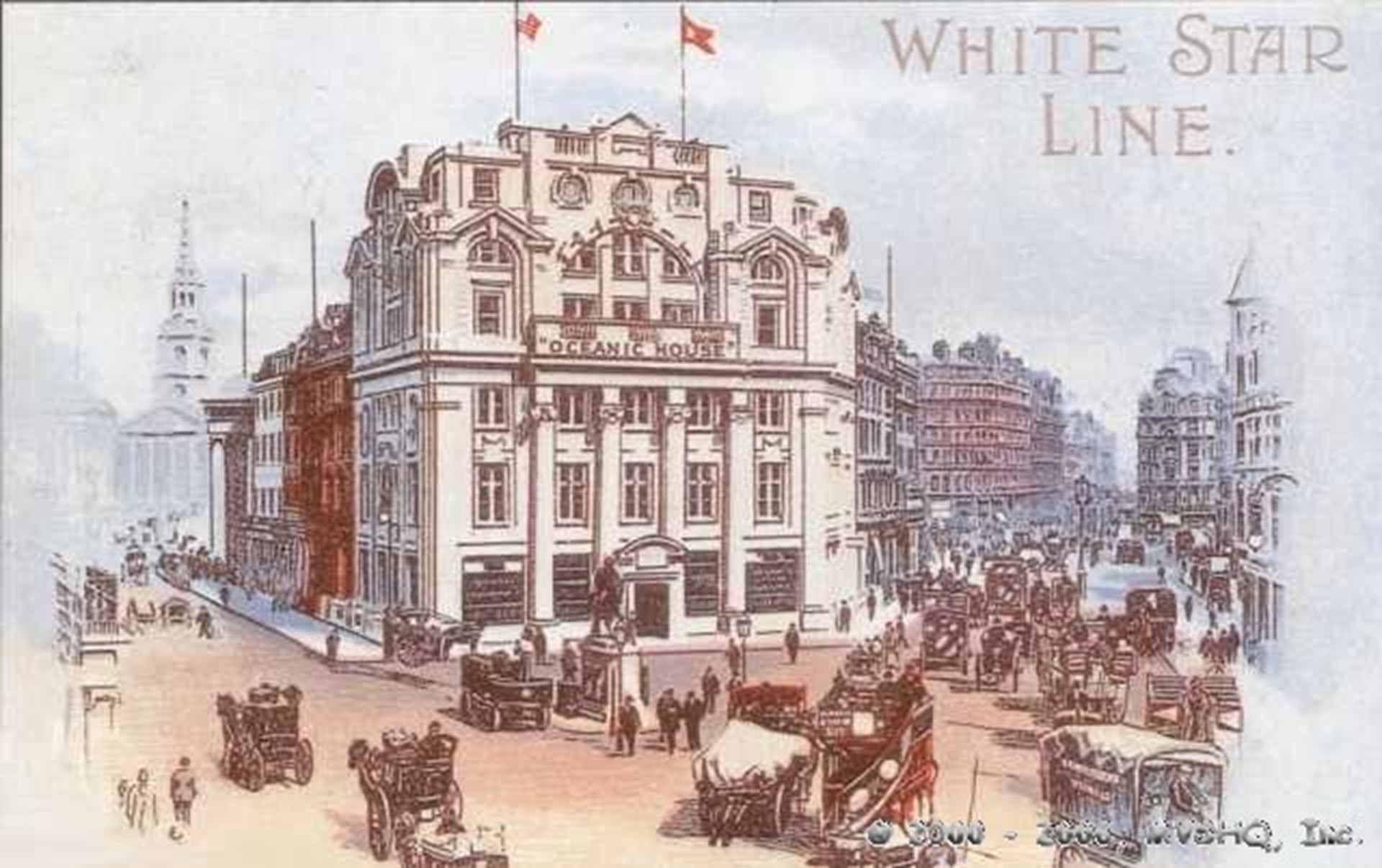
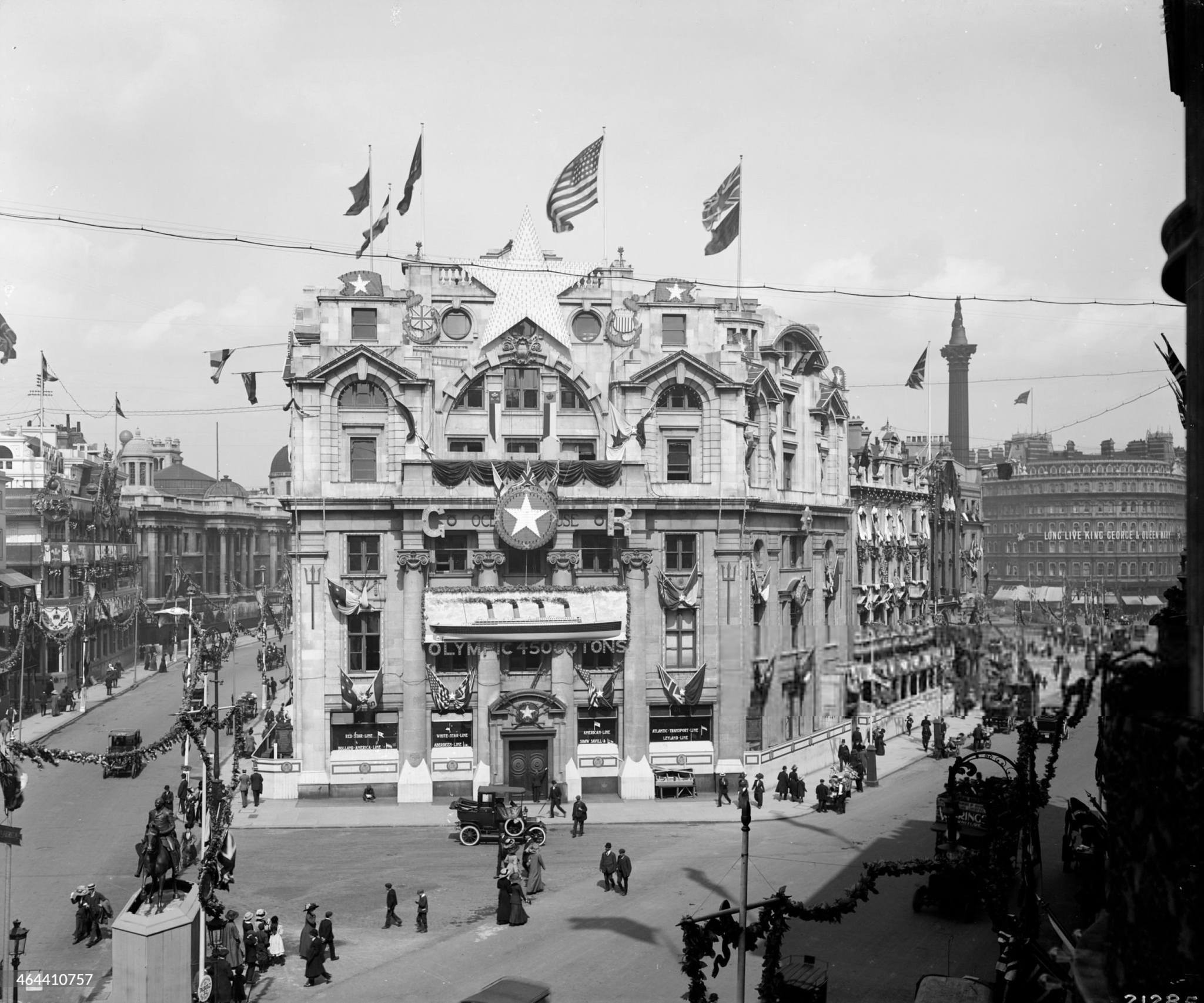
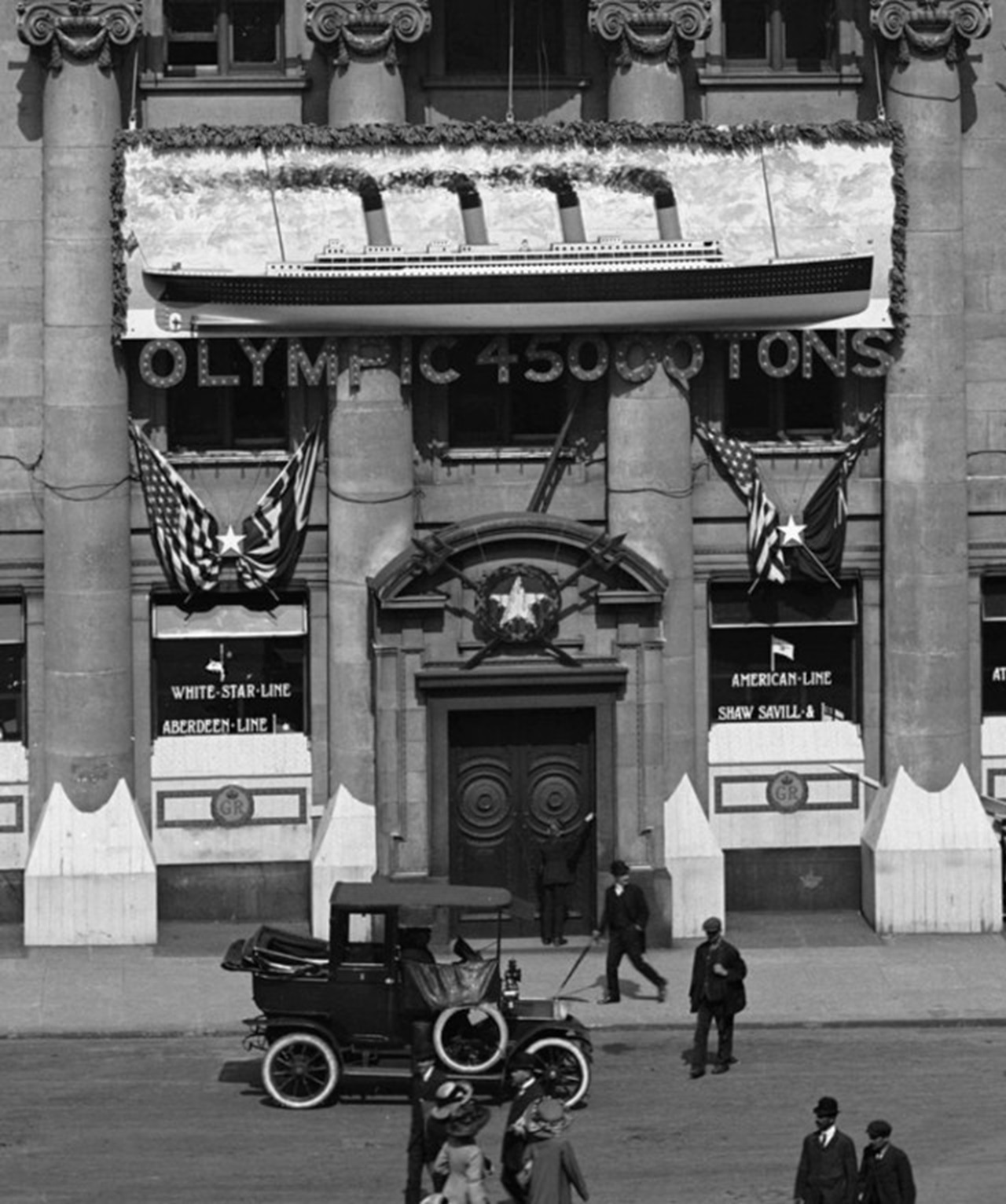
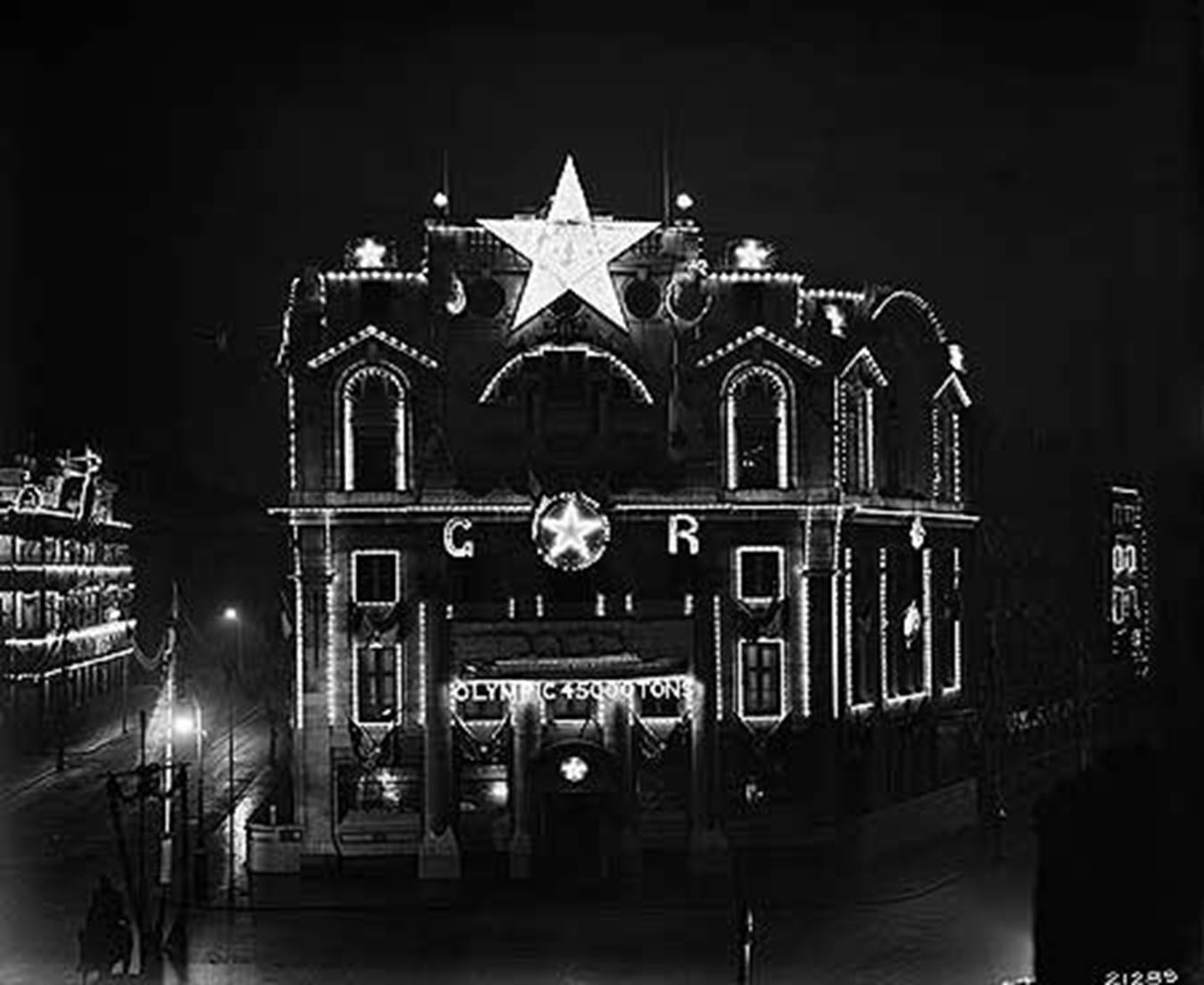
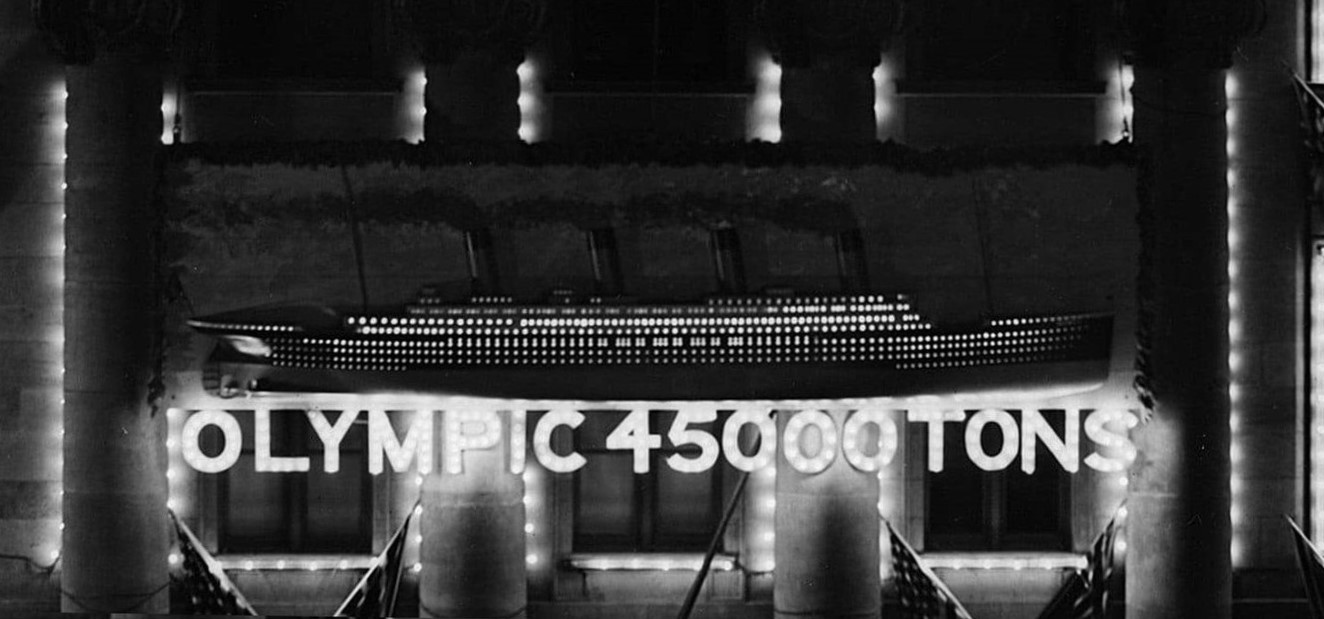
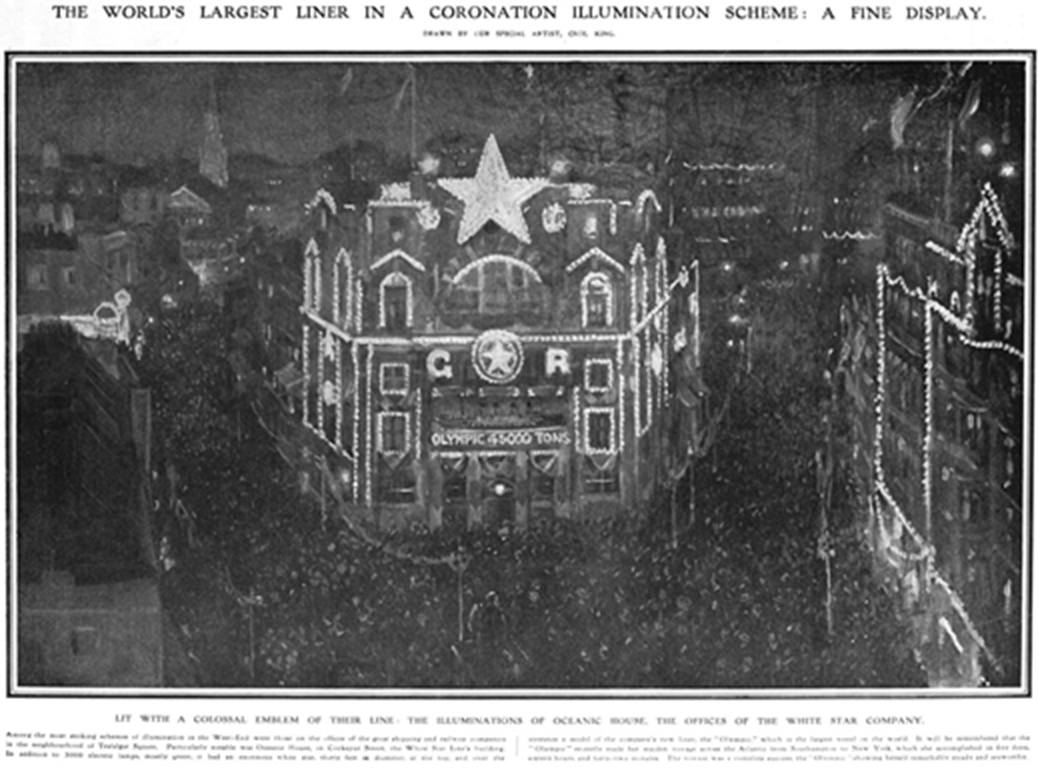
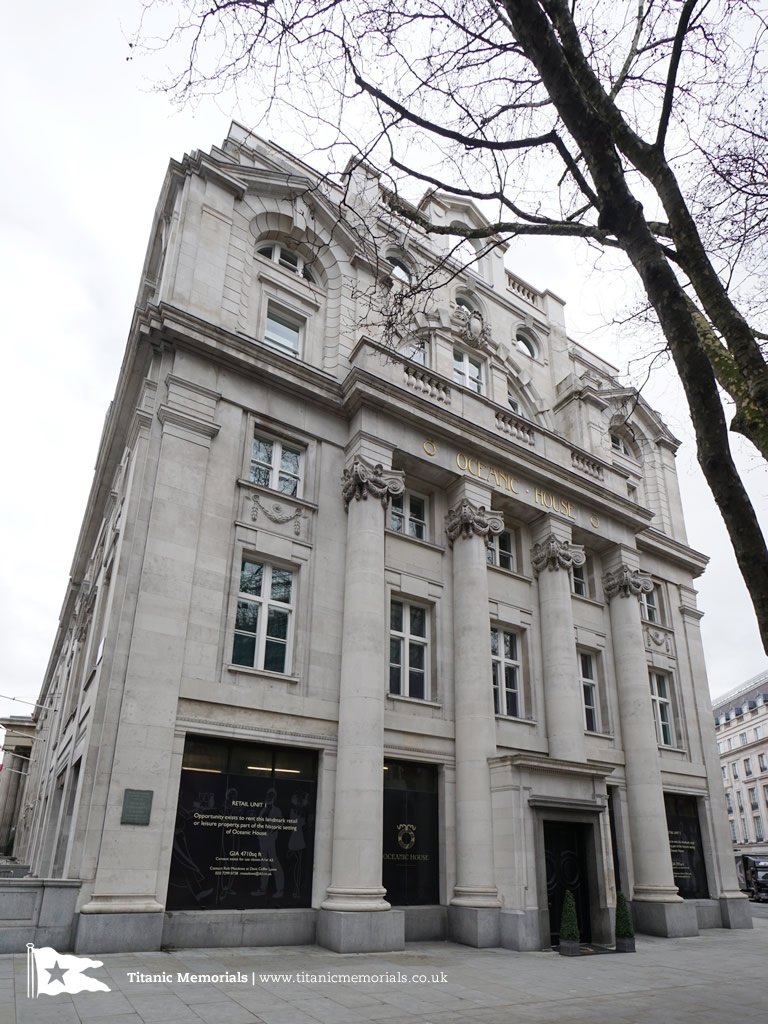
Utolsó kommentek